Some parts of this article use machine translation, so please be aware that there may be inaccuracies!
Located on the Xiangshan Campus of the China Academy of Art in Hangzhou, Zhejiang Province, the China International Design Museum was designed by Pritzker Prize-winning Portuguese architects Alvaro Siza and Carlos Castañera and opened in 2018.
As a student of China Academy of Art, it’s one of the masterpieces of architecture that we get to see every day. Let’s take a look at how this building, which was completed almost 5 years ago, is performing and changing today.
- Building exterior

(Taken on a cloudy evening in summer)
(Taken on a sunny evening in summer)

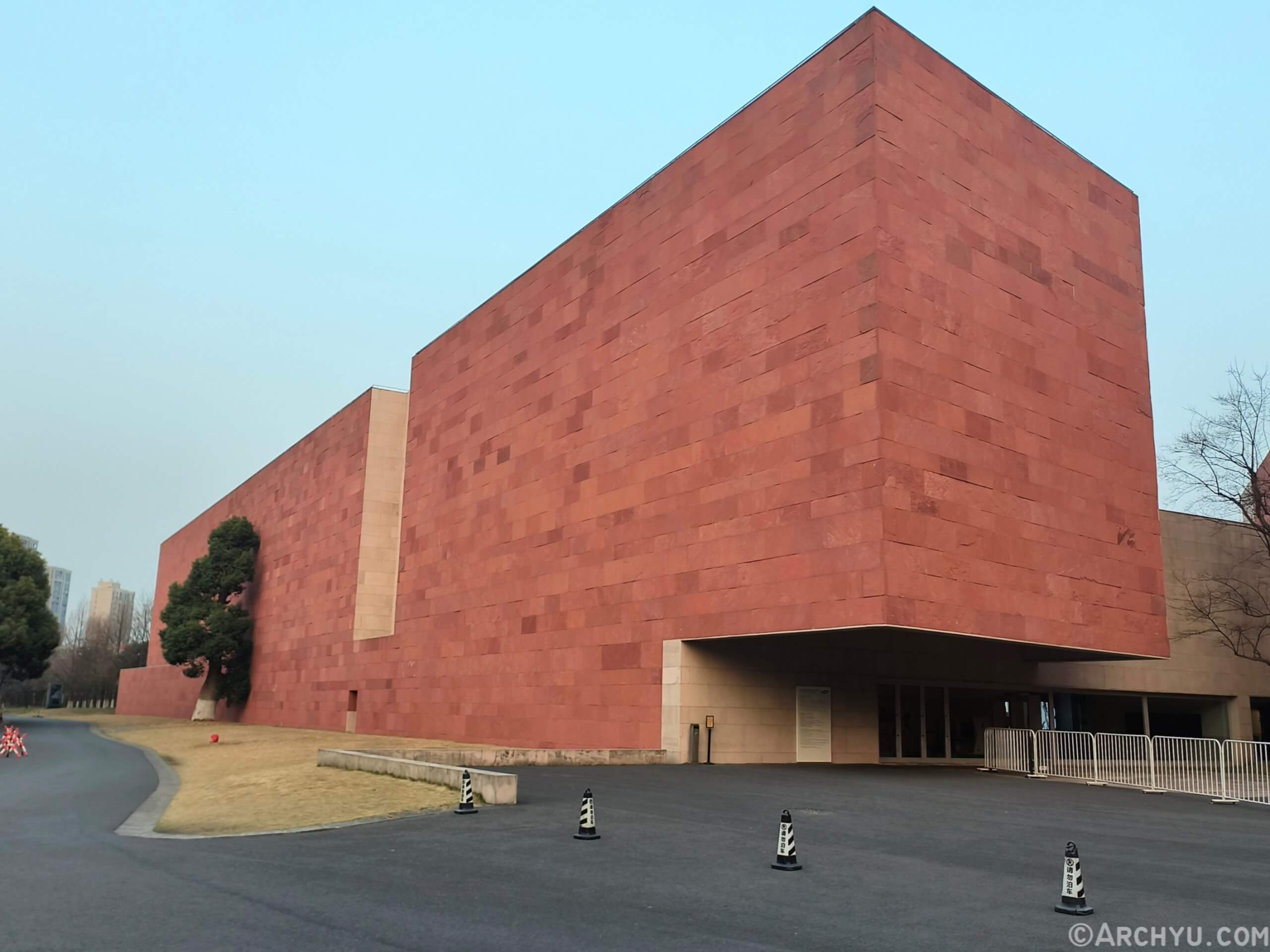
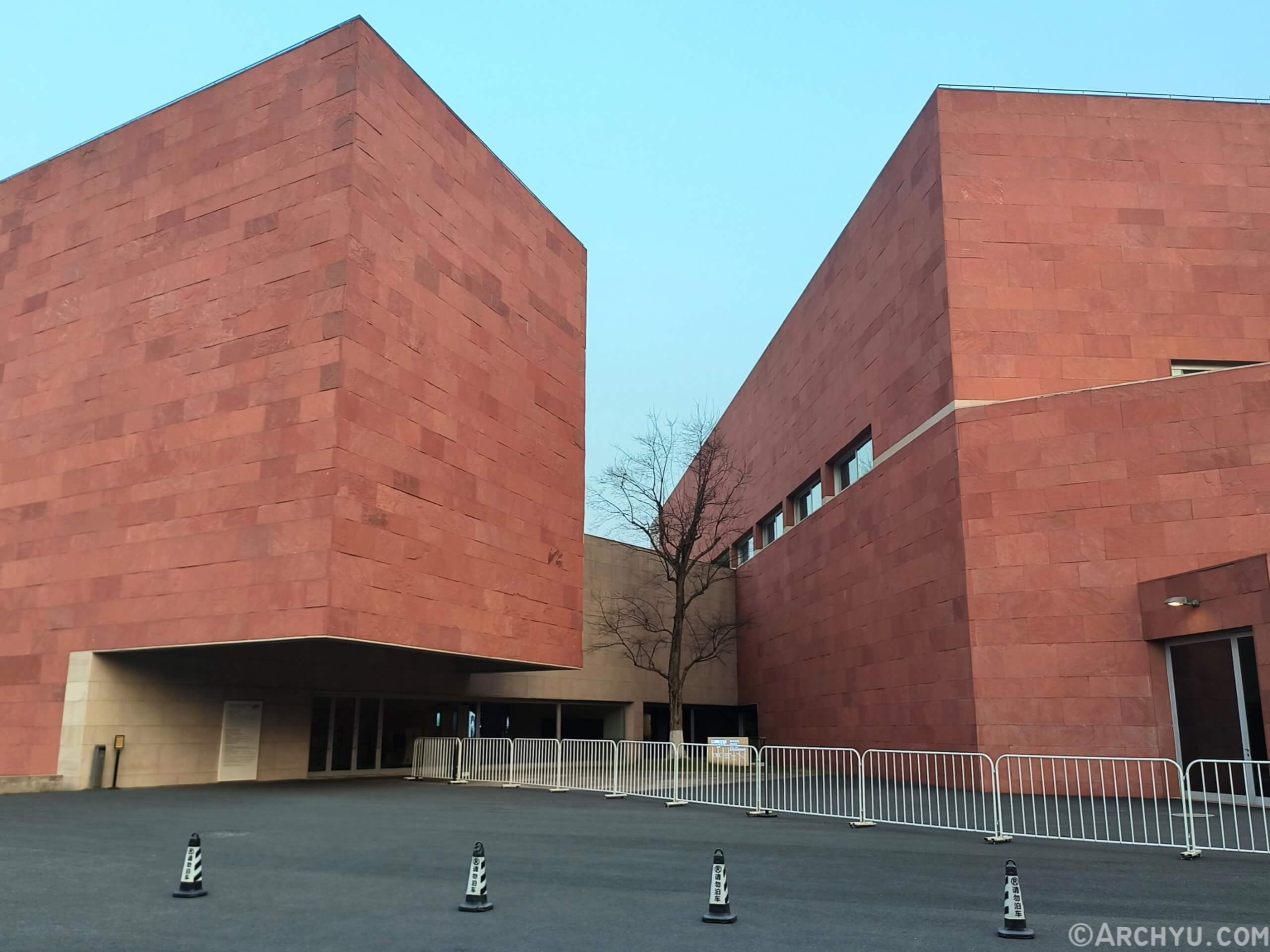

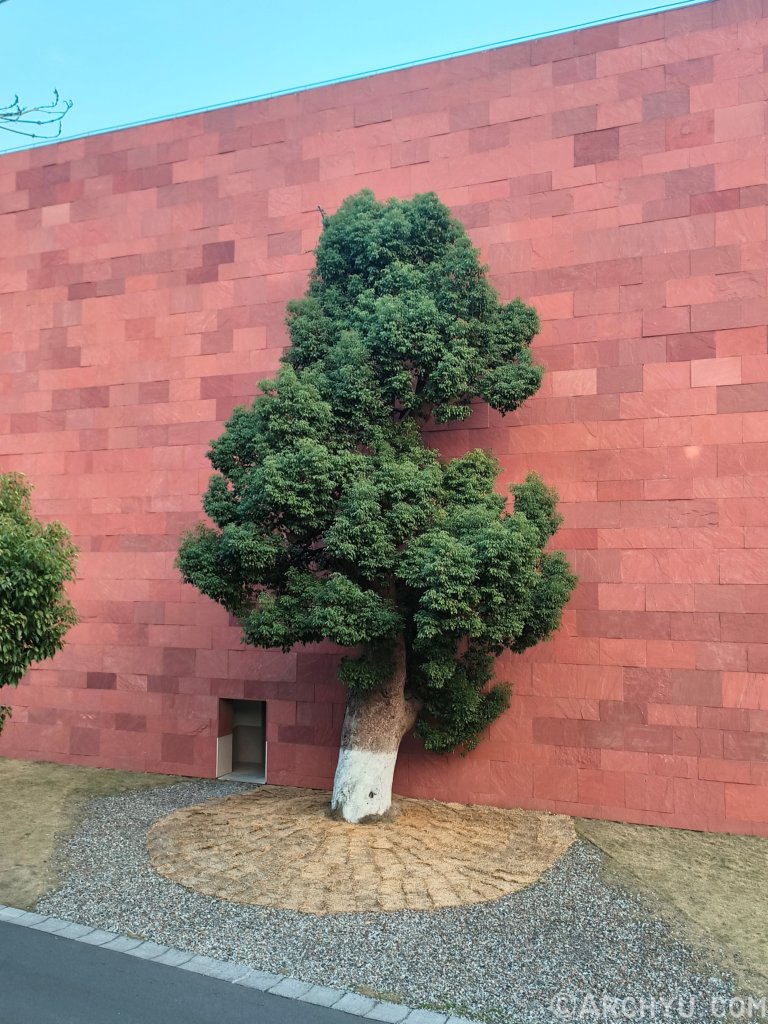
(Photographed on a sunny evening in spring) The iconic old tree in front of the red wall is a well-known check-in spot in Hangzhou. The red-gray Indian red sandstone contrasts with the grass, trees and blue sky, giving it a unique flavor.

The texture and color of each piece of Indian red Agra sandstone used to pave the walls are different. At the same time, the water absorption effect after rain is different from that when it is sunny.
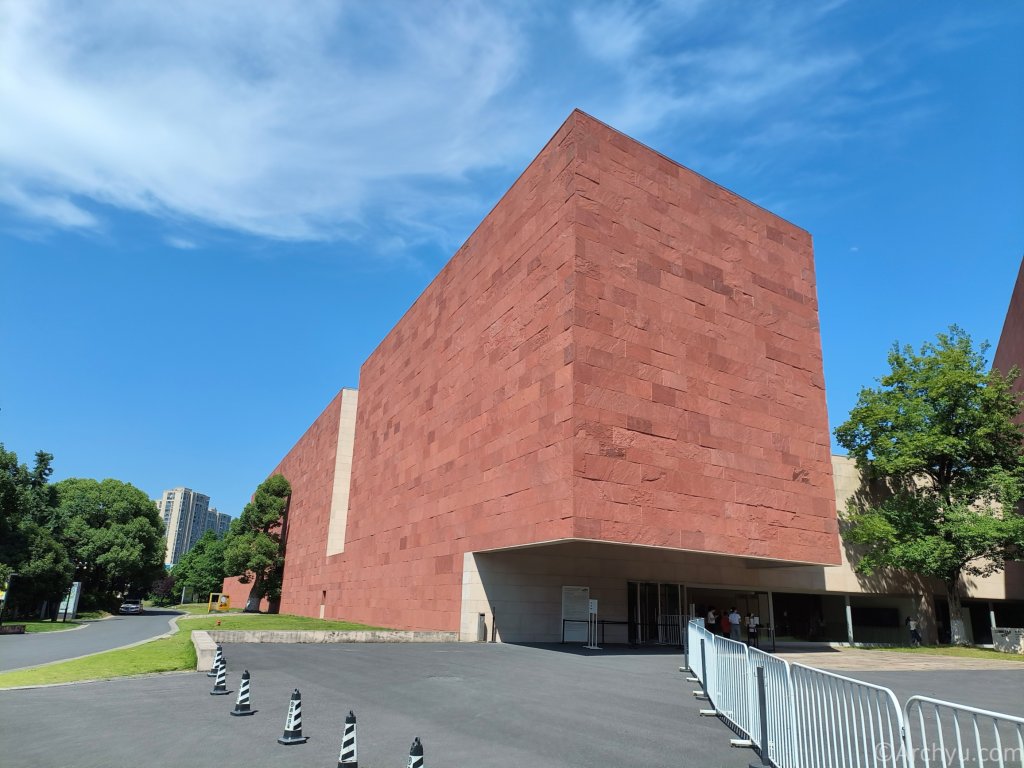
(Taken on a sunny summer afternoon)
Under the sunlight, the texture of the red sandstone exterior wall stands out

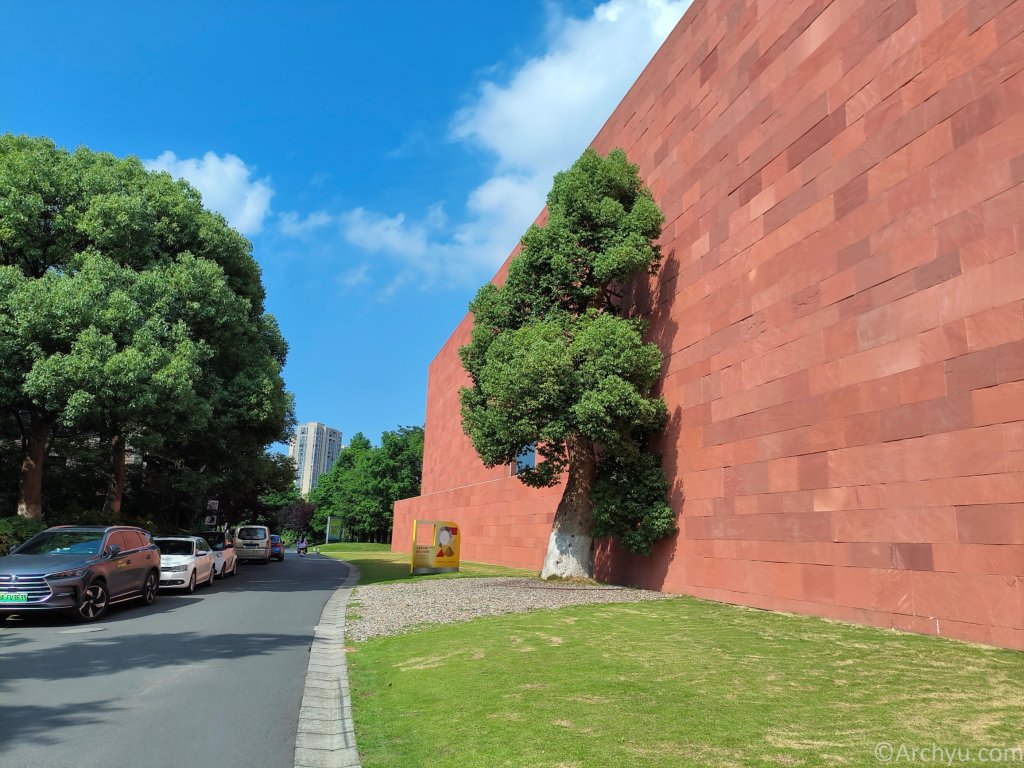
Cinnamomum camphora (Linn) Presl
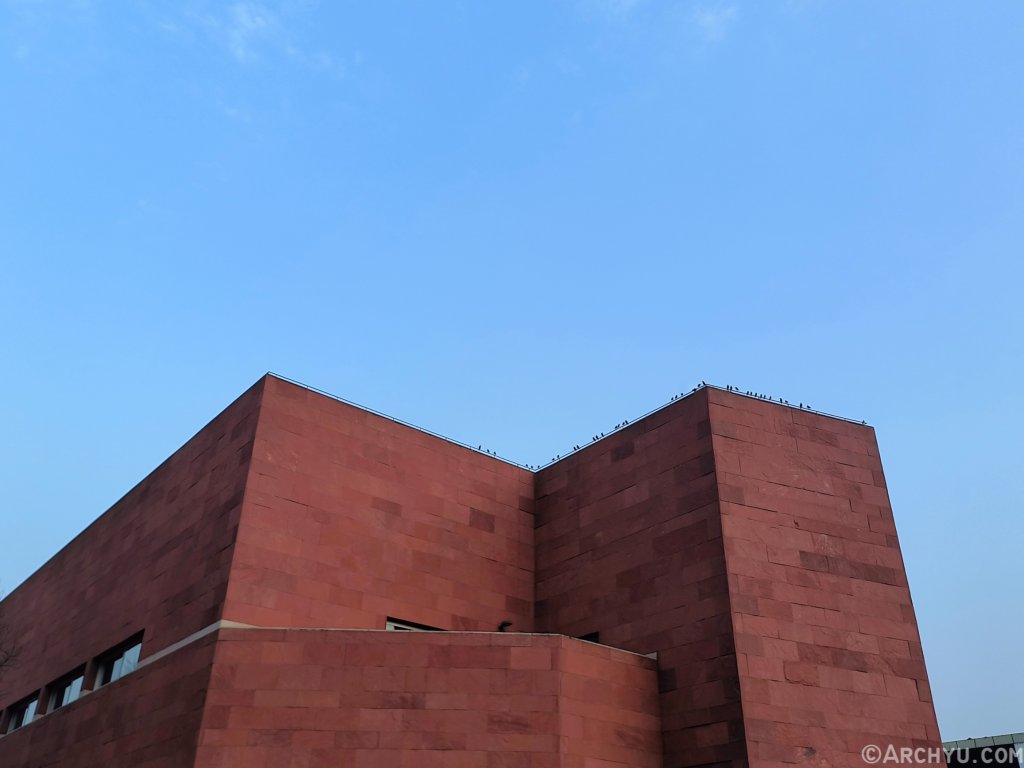
(A clear spring evening)
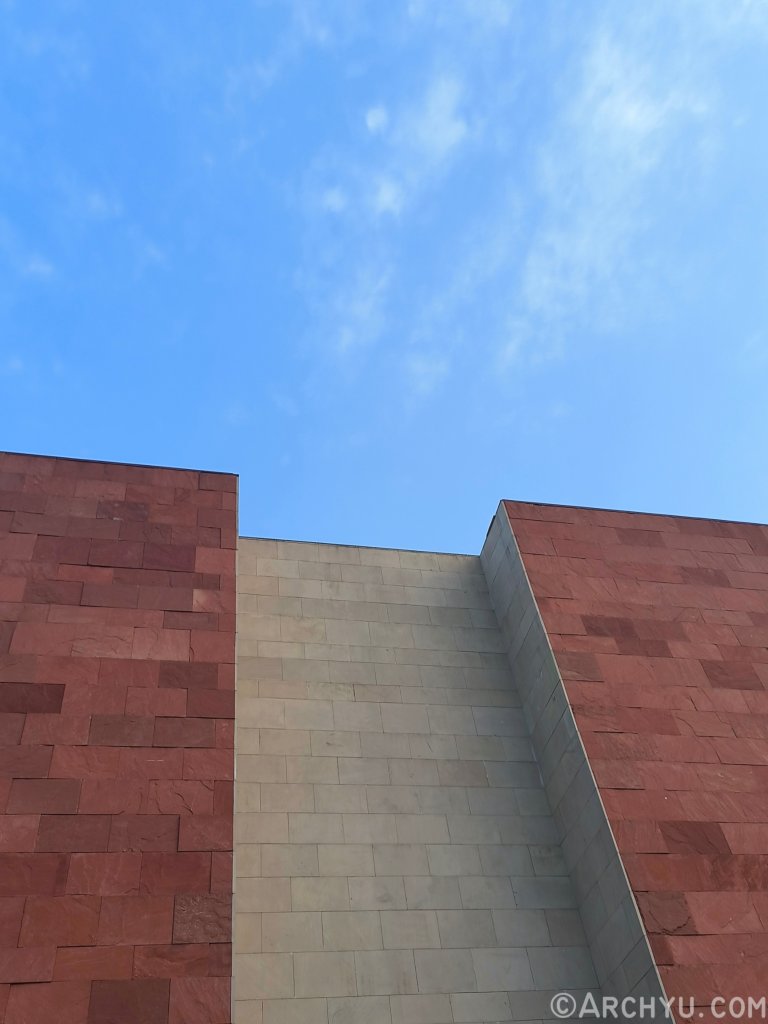
- In November 2023, the museum built a new entrance and exit.




Shot from the sidewalk outside the school captures the museum, which stands out prominently. This aspect contributes to its appeal and popularity to some extent.
- Museum interior
Upon entering the museum gate, you’ll find a large and irregular hall space. As of March 2023, it showcases various majors at the China Academy of Art.
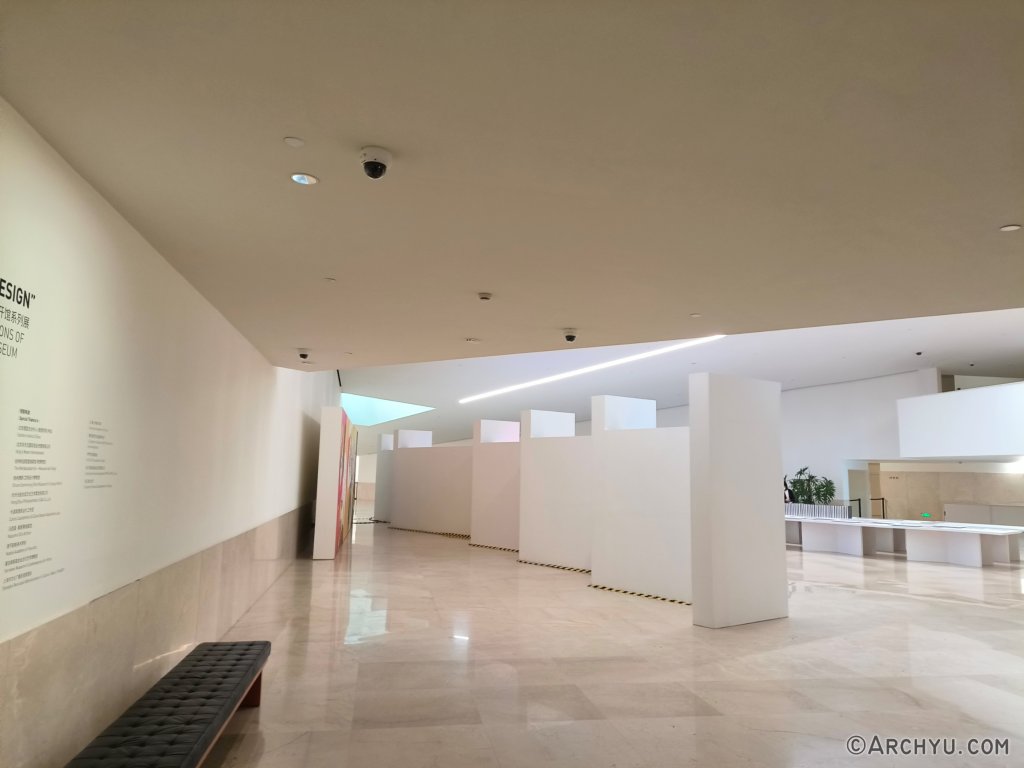

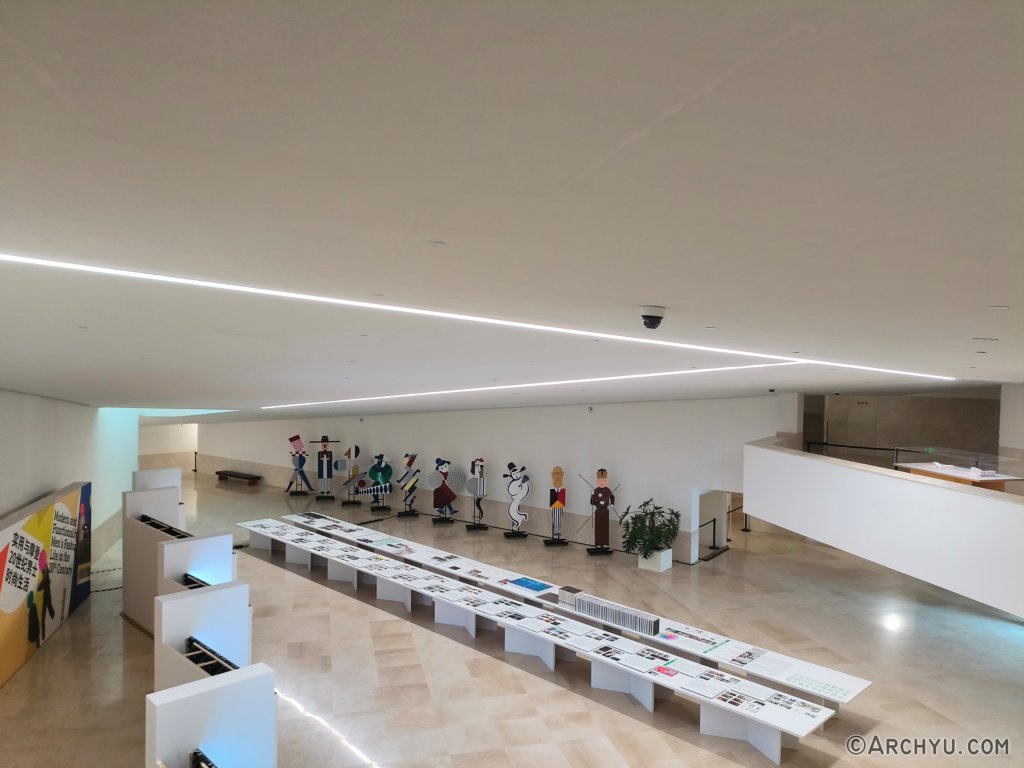
The strip-shaped LED lights, combined with skylights for natural lighting, create a visual impact, allowing people to perceive rich spatial variations.
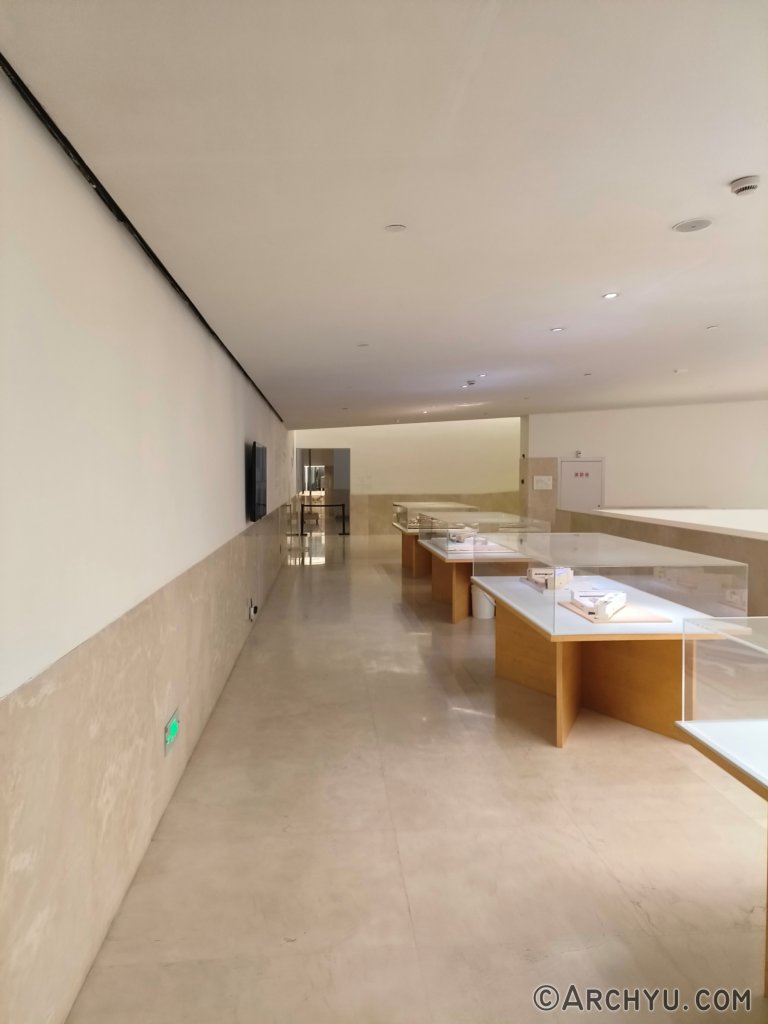
The stunning visual effects of the exhibition halls and corridors create a strong sense of space.
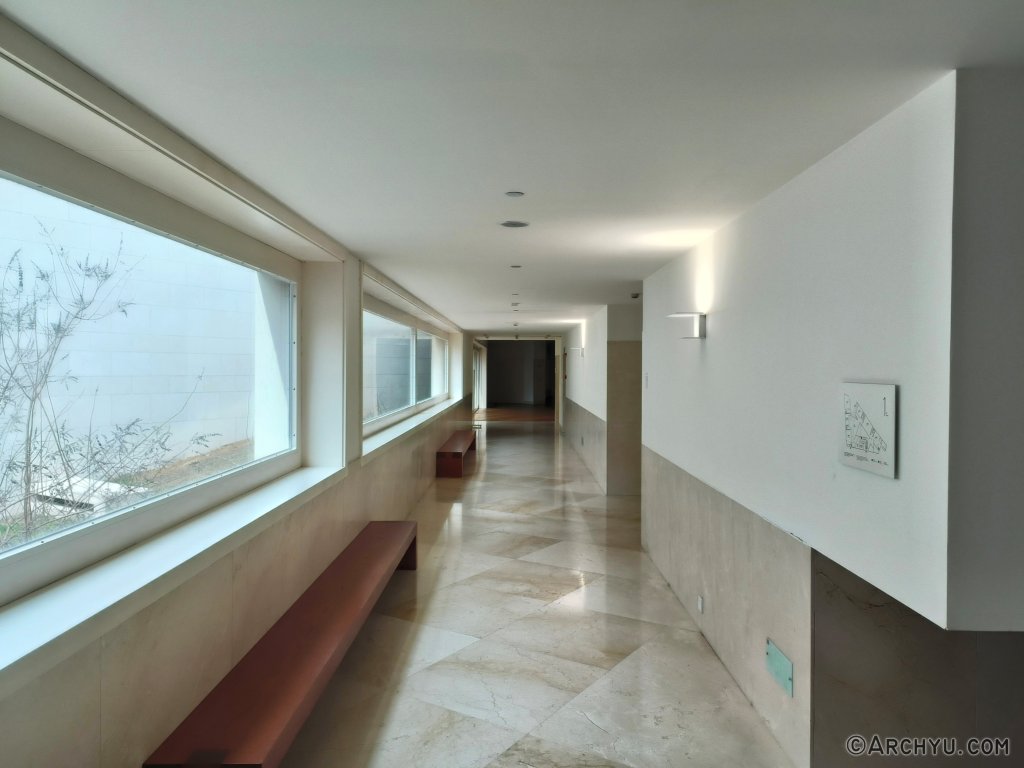

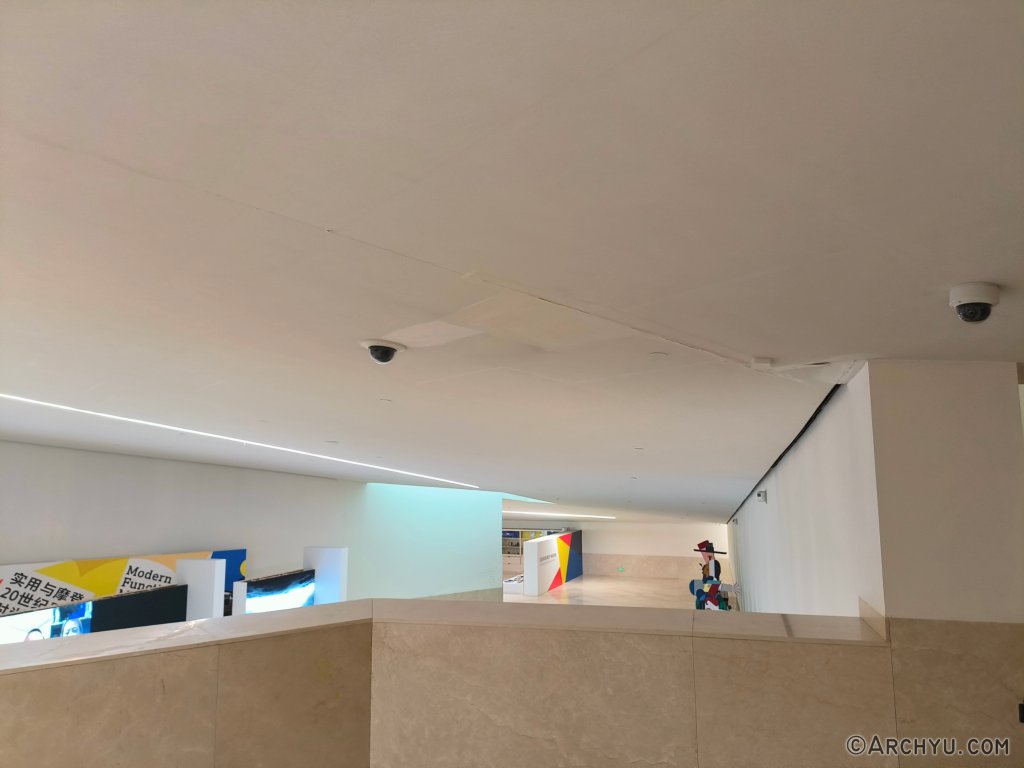
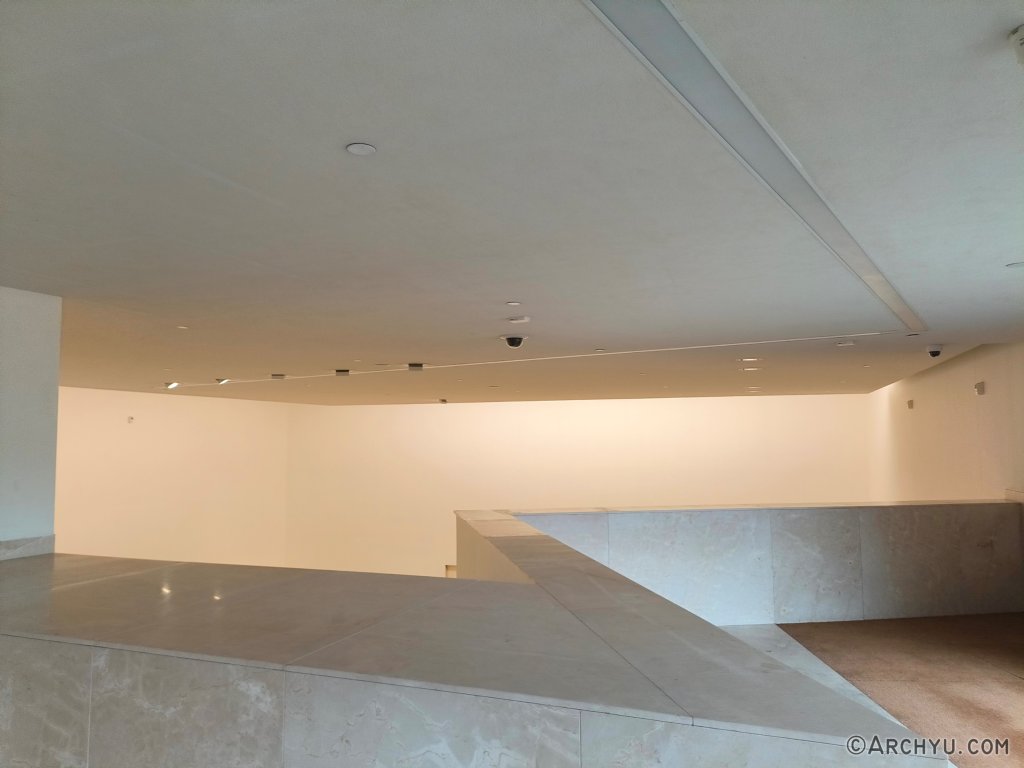
Shooting from various angles, the museum’s irregular structure adds to its impressive visual appeal.
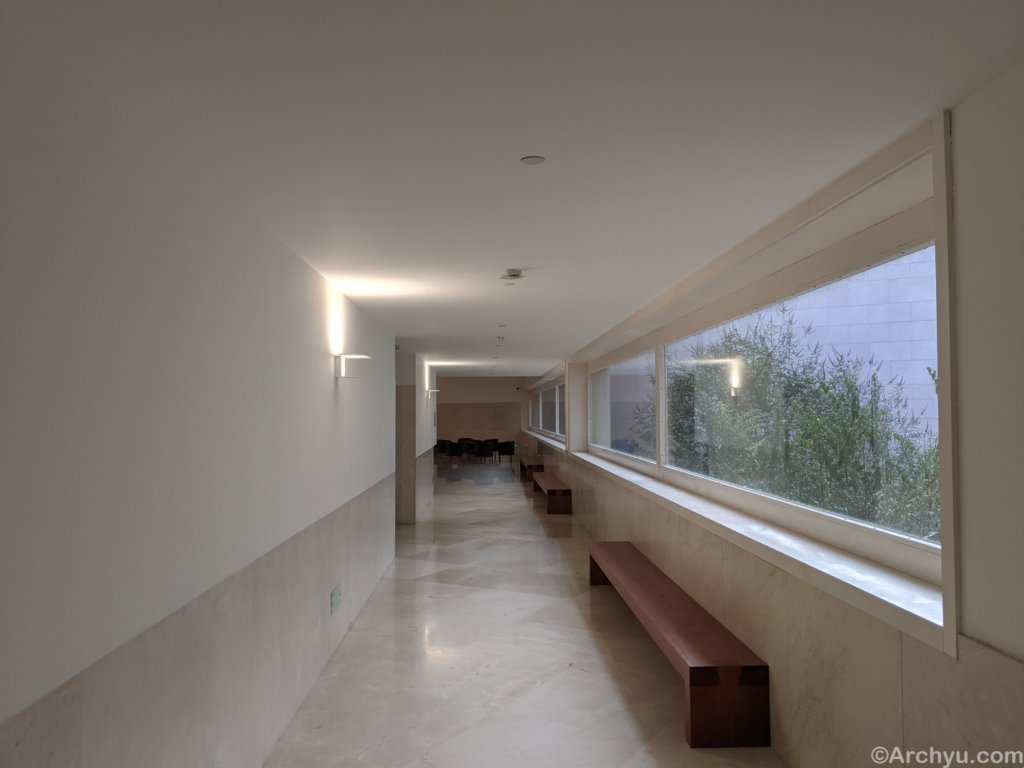

- Exhibition hall layout
The layout of exhibition halls needs to consider coordination with the architecture, so it’s necessary to assess the current (March 2023) arrangement of permanent or temporary exhibition spaces.
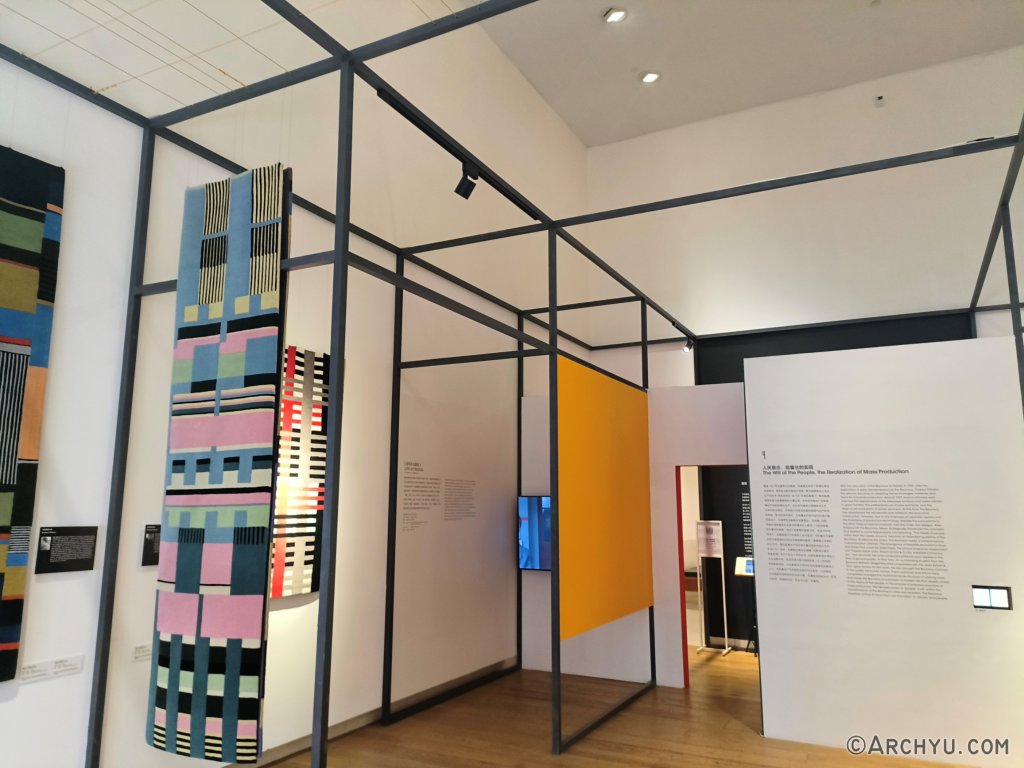
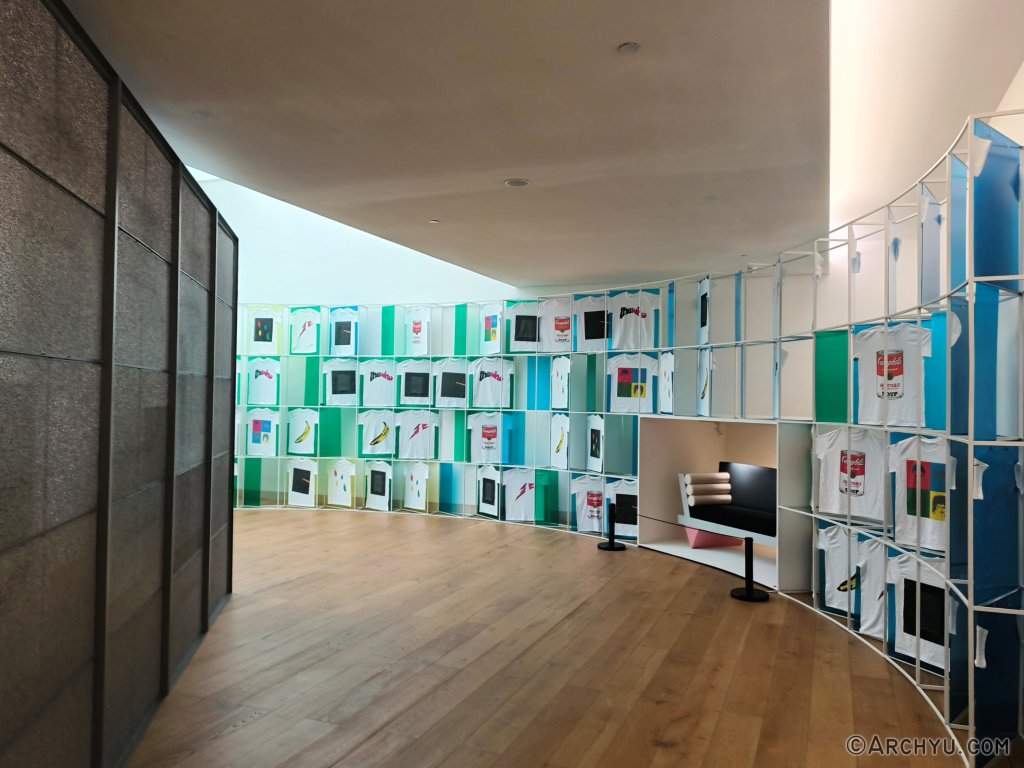
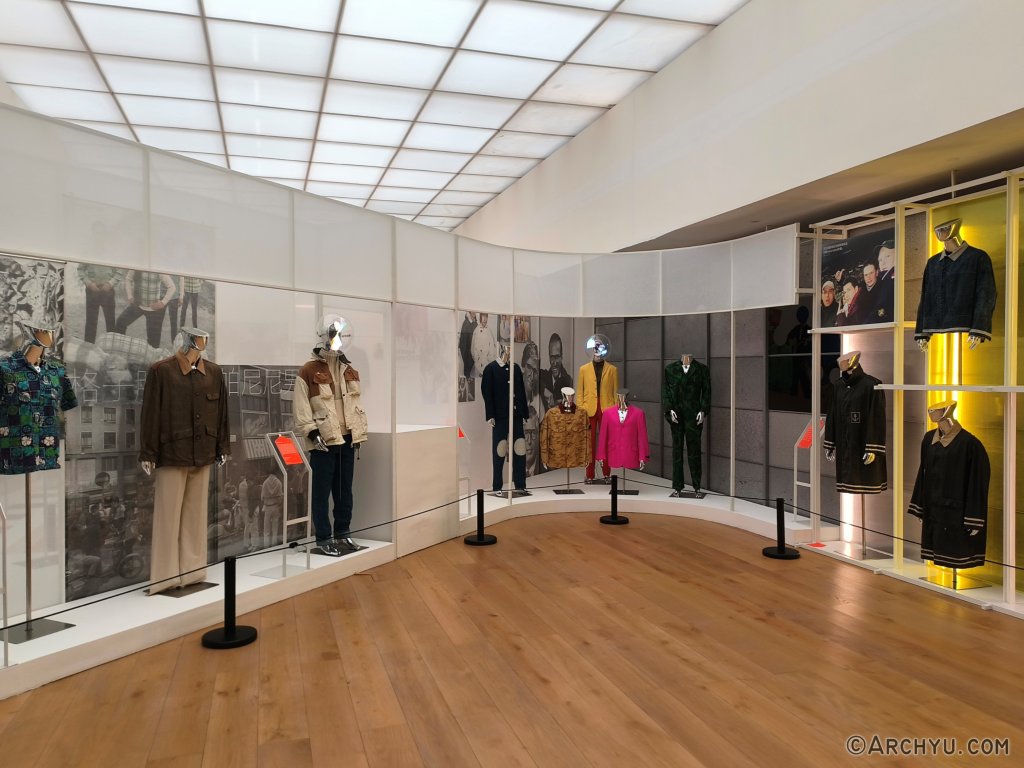
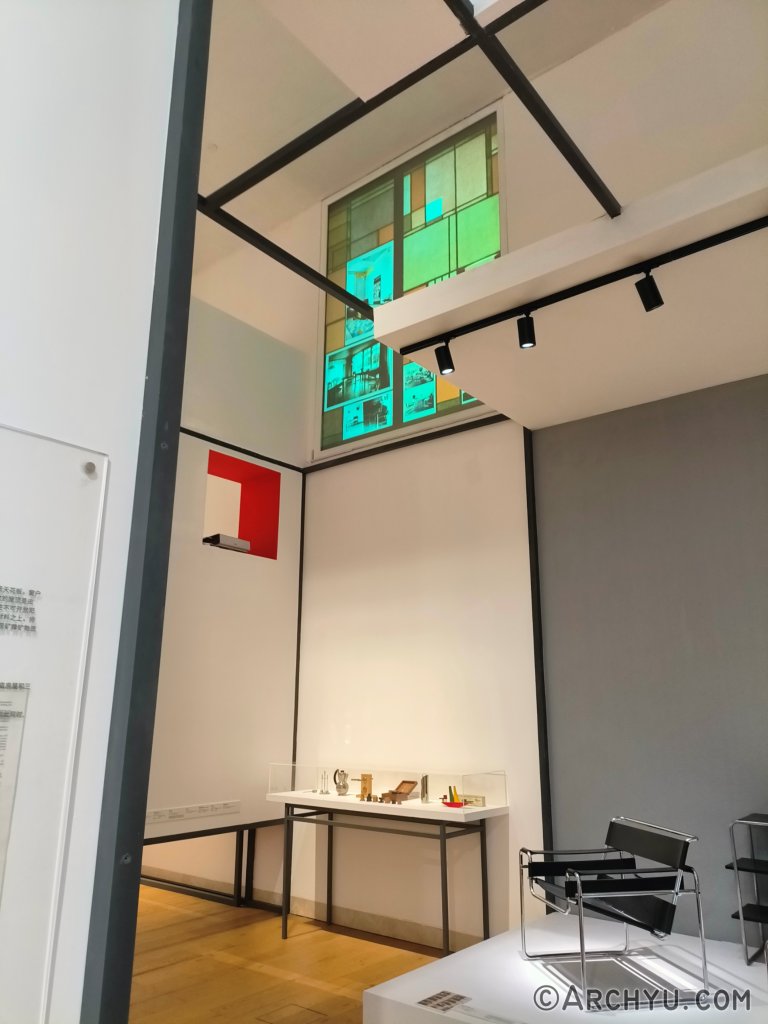

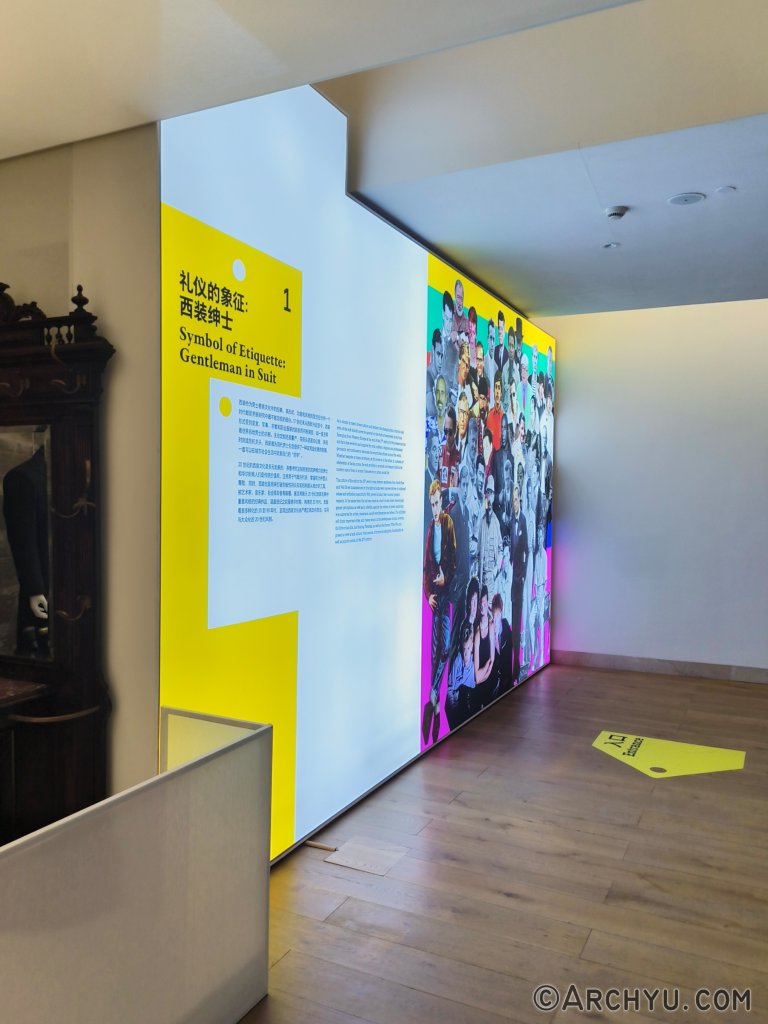

- Night view
The play of light and shadow at night is also impressive, although it may not be captured well with a phone camera.

- Viewing the architecture from different angles.
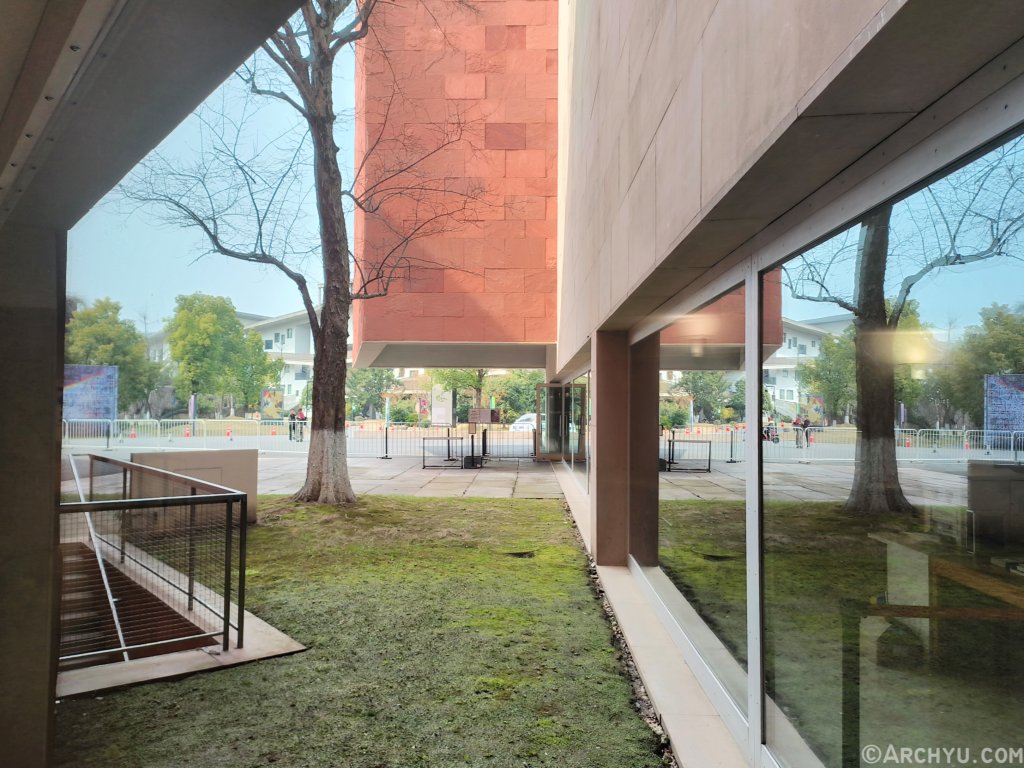
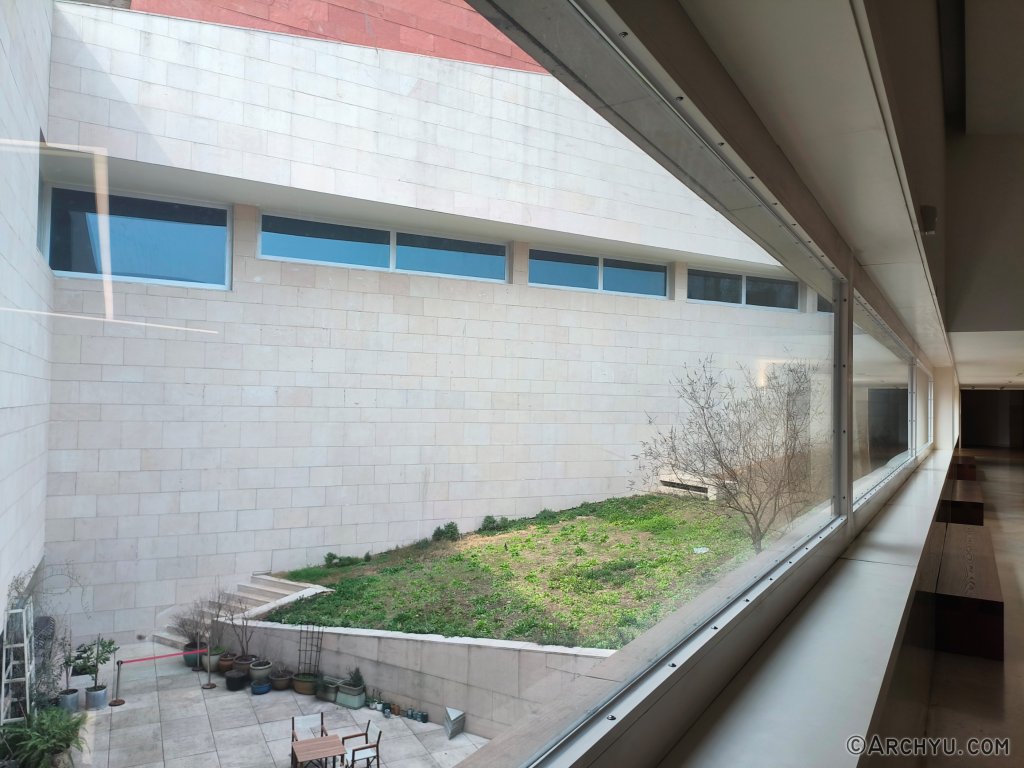
The enormous red exterior wall makes the building highly conspicuous from every angle.
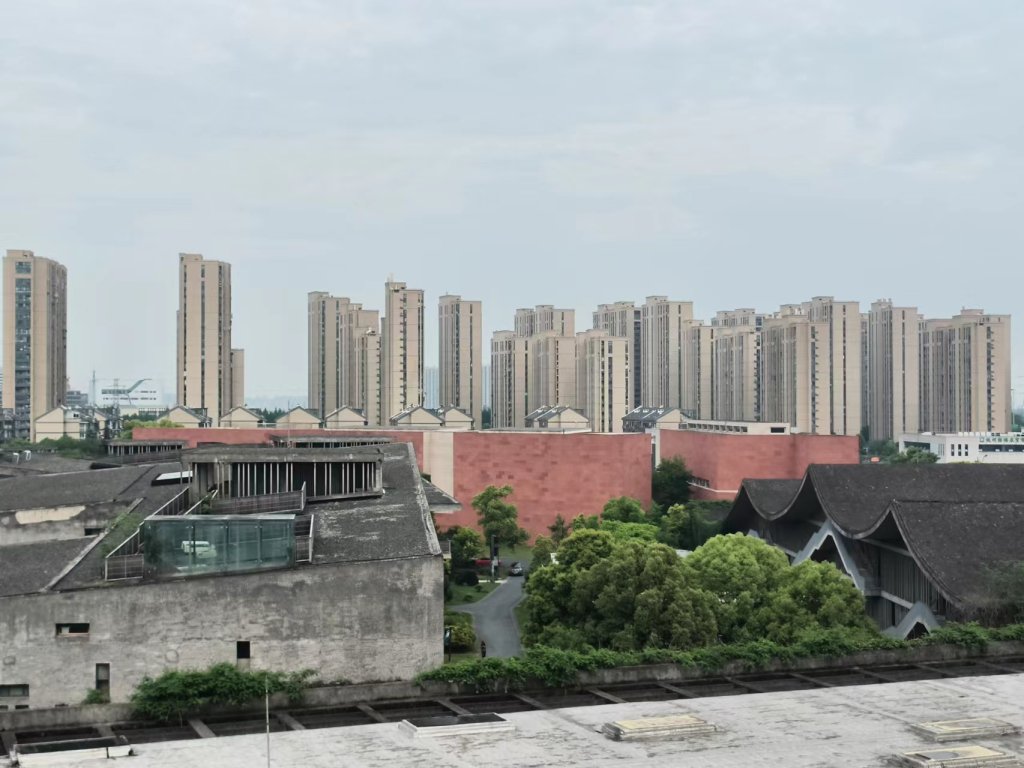
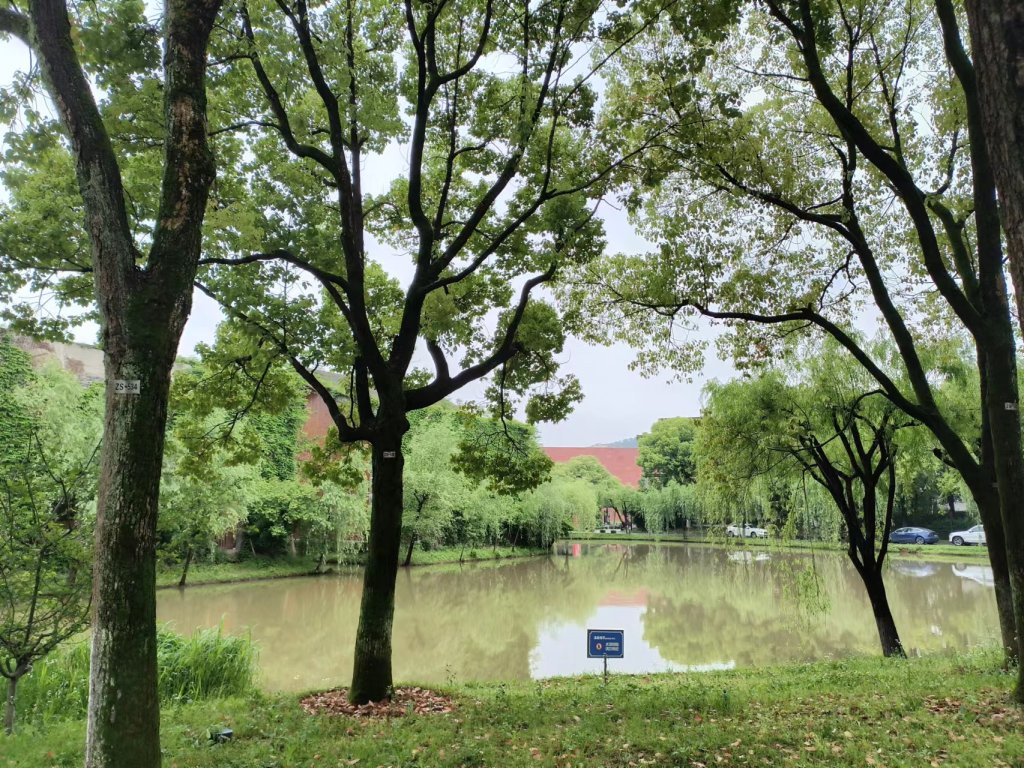

- 存在的问题
Taking an objective view of a building, it’s essential to identify any existing issues. These issues may relate to design, construction, structural integrity, maintenance, and other aspects. Below are the problems I perceive with this building
- 1.Cracks and patches on the roof.

The most noticeable issue I’ve observed is the prominent cracks at the roof junctions and some wiring positions. Maintenance personnel have primarily used paint with a similar but not entirely matching color, significantly compromising the visual appeal of the roof and undermining its overall integrity.

Multiple areas within the museum exhibit similar issues. From my limited perspective, this could be related to construction techniques (in contrast, Wang Shu’s works adapt to the current limited construction techniques, giving rough buildings aesthetic appeal) or perhaps less meticulous maintenance procedures. These factors have already affected the overall aesthetic appreciation of the building.



- 2.The controversy over scale and proportion.
This is a concern raised by many: the scale of the museum’s architecture is significantly larger than that of the China Academy of Art’s Xiangshan Campus. However, I don’t find it particularly surprising, especially as a student who experiences it daily. Passing by here provides a pleasant experience.
- Architectural model exhibition.
The museum showcases a comprehensive collection of architectural models, with a large quantity and diverse types. Some models even feature the architect’s signature, adding a personal touch.
1.The overall architectural model.
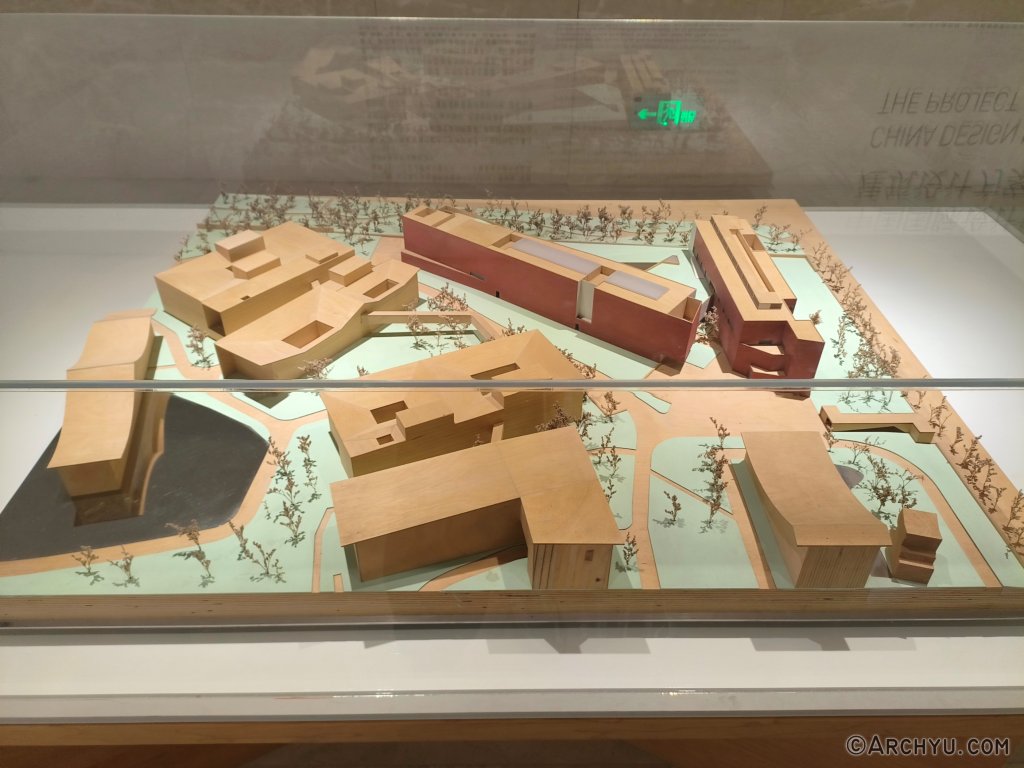
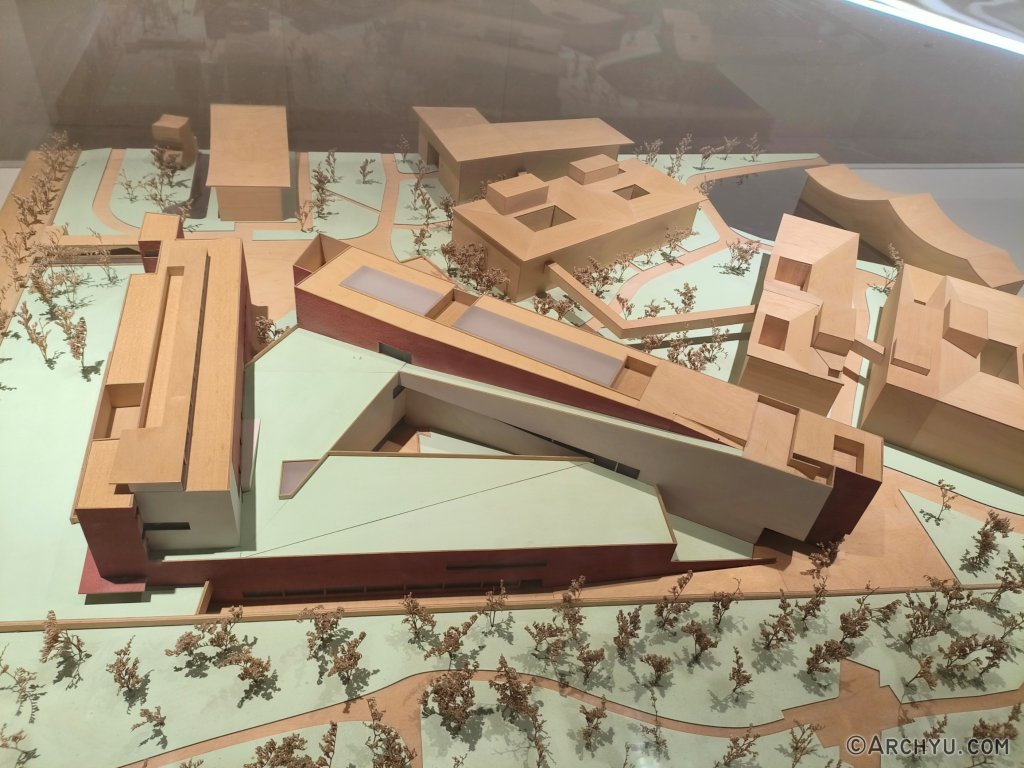
This is a model depicting the relationship between the building and its surrounding site.

The complete architectural model.

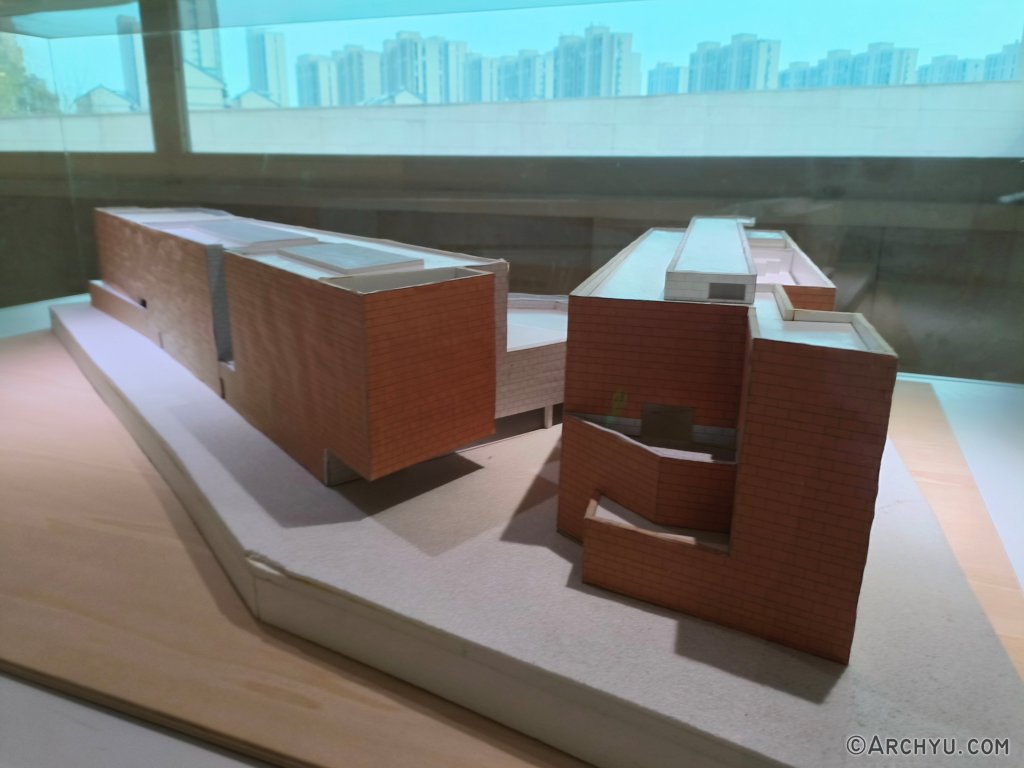
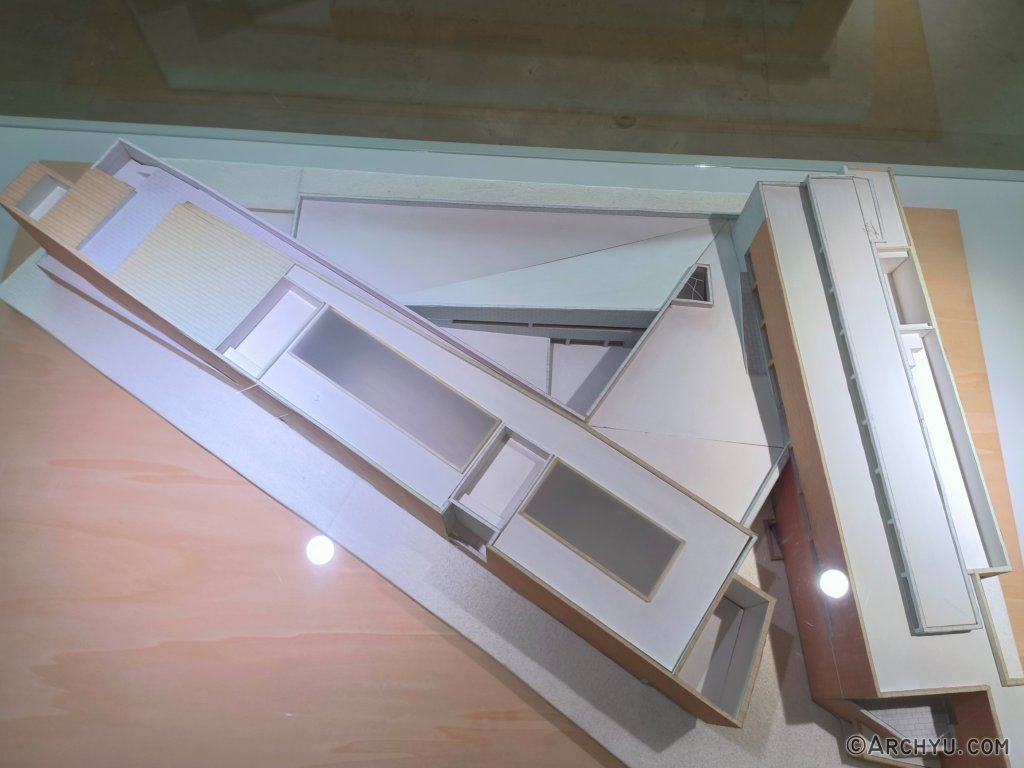
Due to lighting problems, the shooting effect from some angles is a bit problematic.
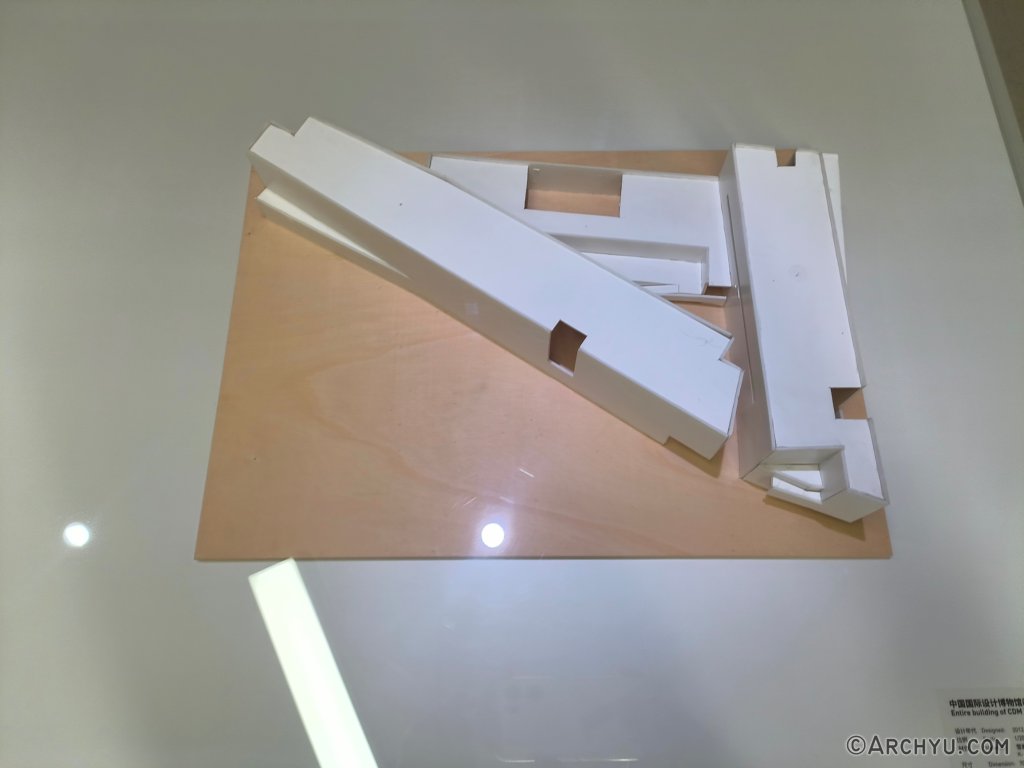

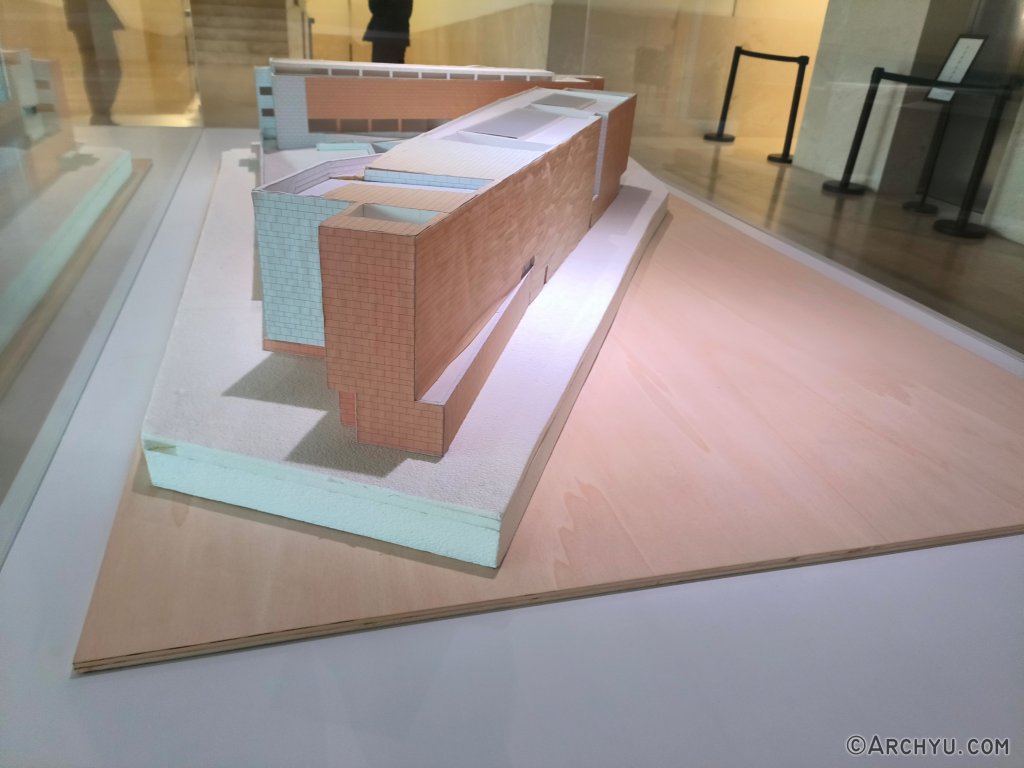
2.architectural detail model
Public stair hall/2017/1:20/Foam plastic and paper
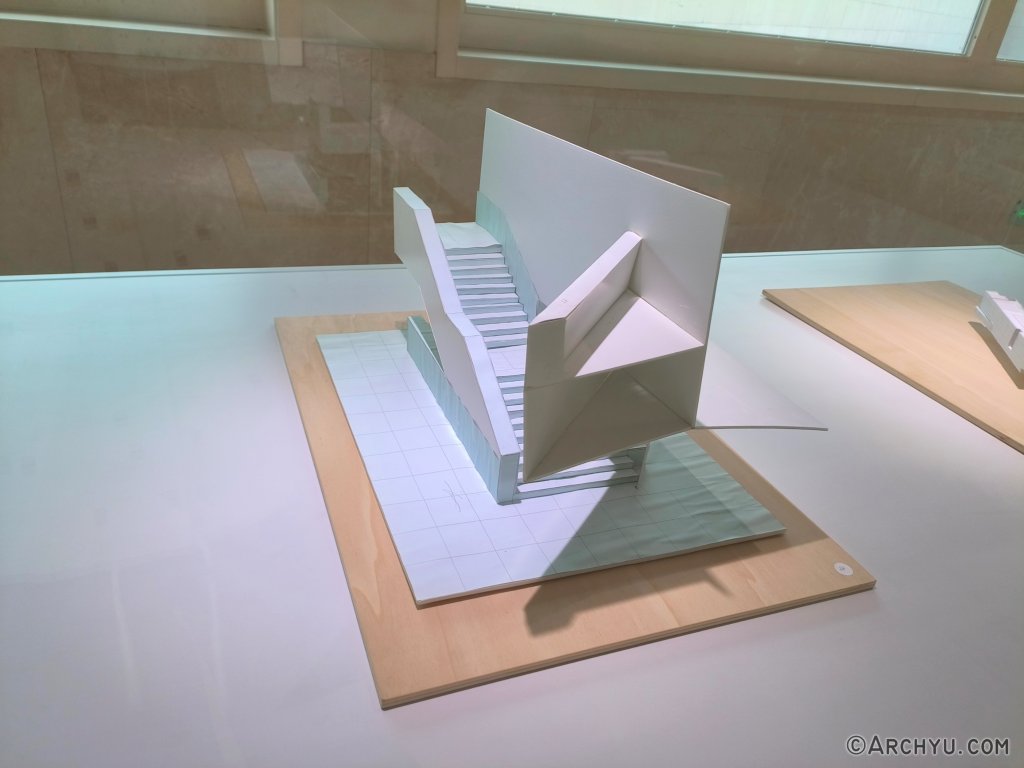

VIP Front Room/2016/1:50/Chevron board and paper
Foyer/2017/1:50/Chevron board and paper
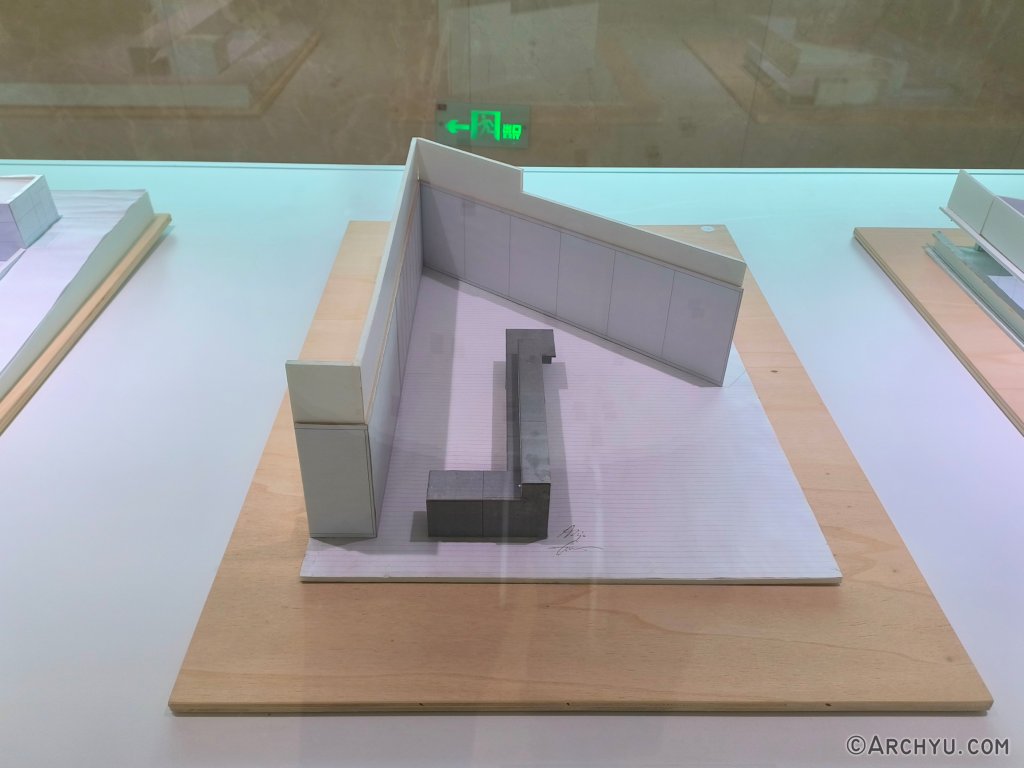
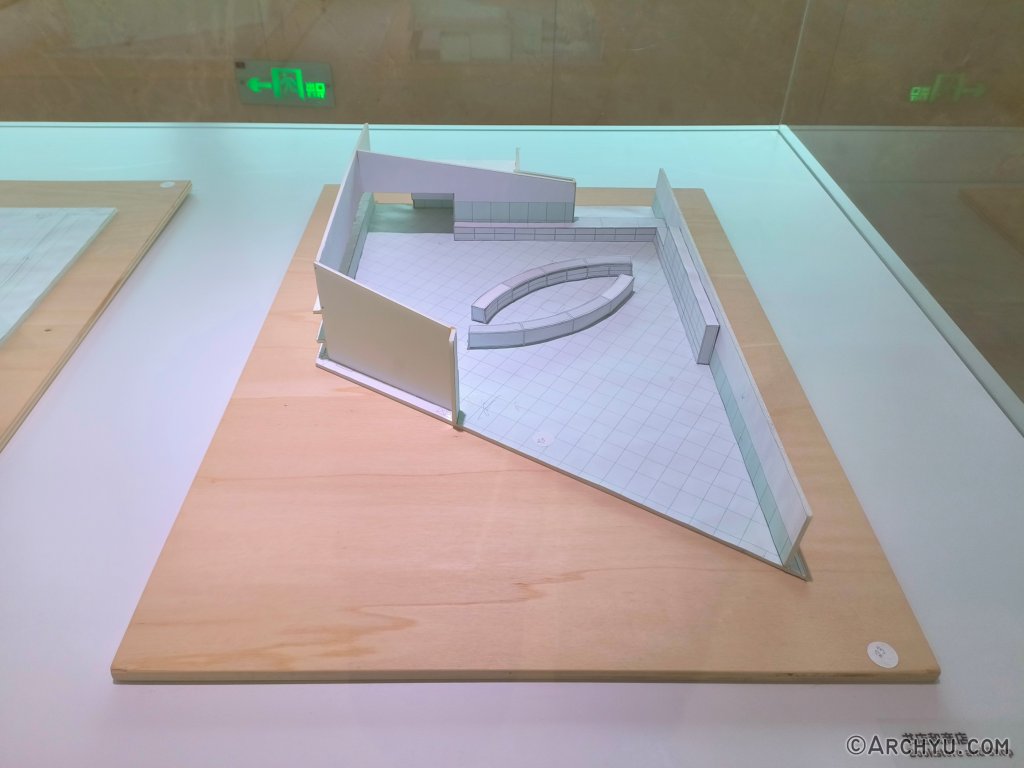
Bookstores and Shops/2016/1:50/Chevron Board and Paper
Foyer, lobby, reception hall/2016/1:50/Chevron board and paper
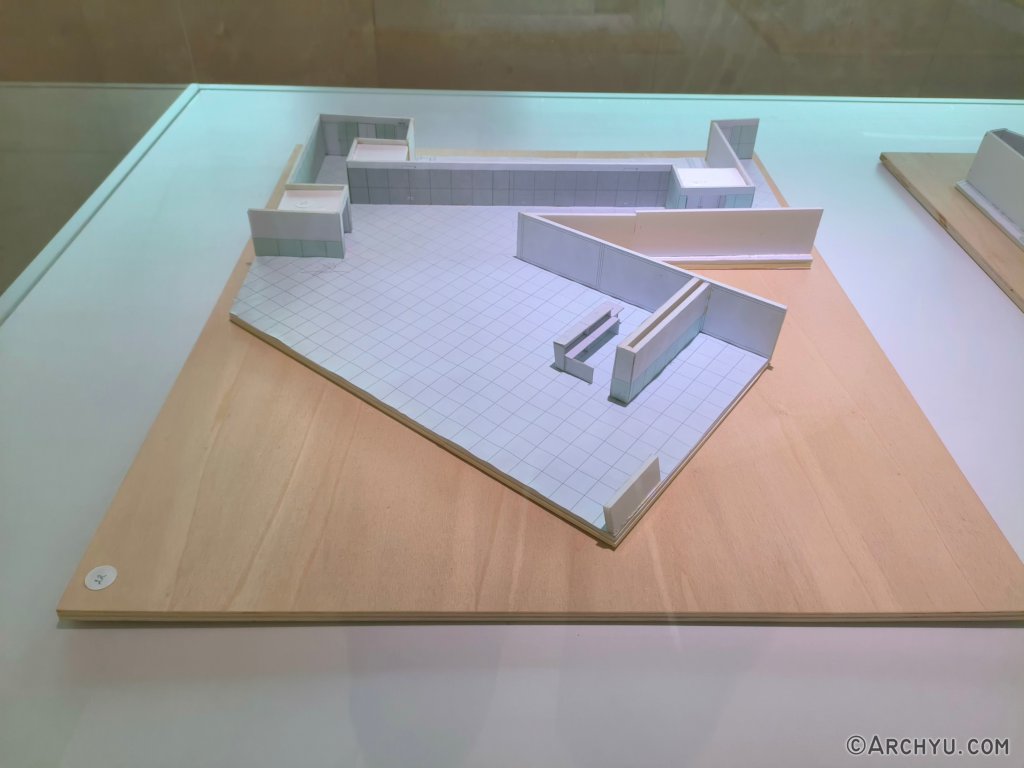
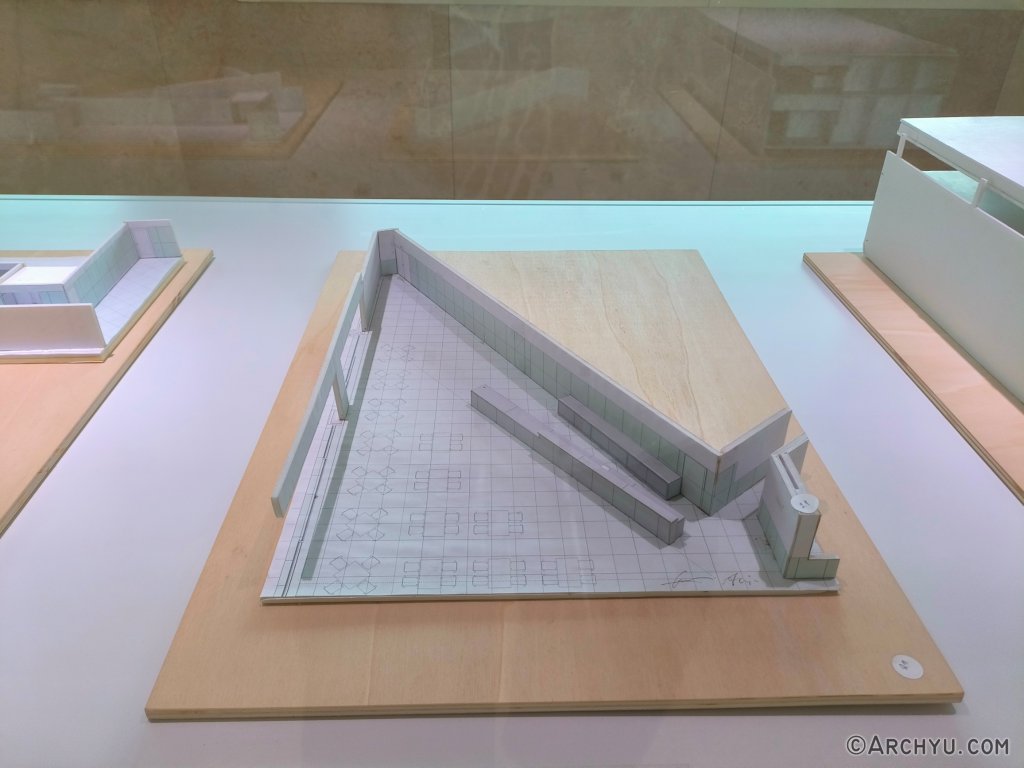
Museum Cafe/2016/1:50/Chevron board and paper
Museum Cafe/2016/1:50/Chevron board and paper
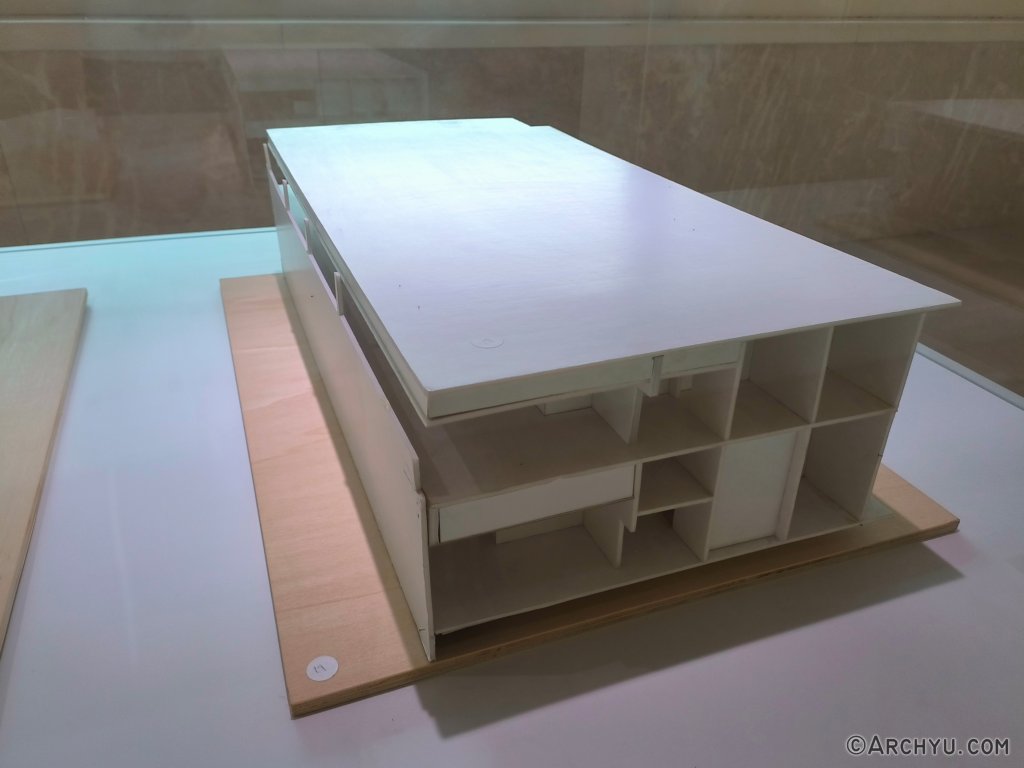
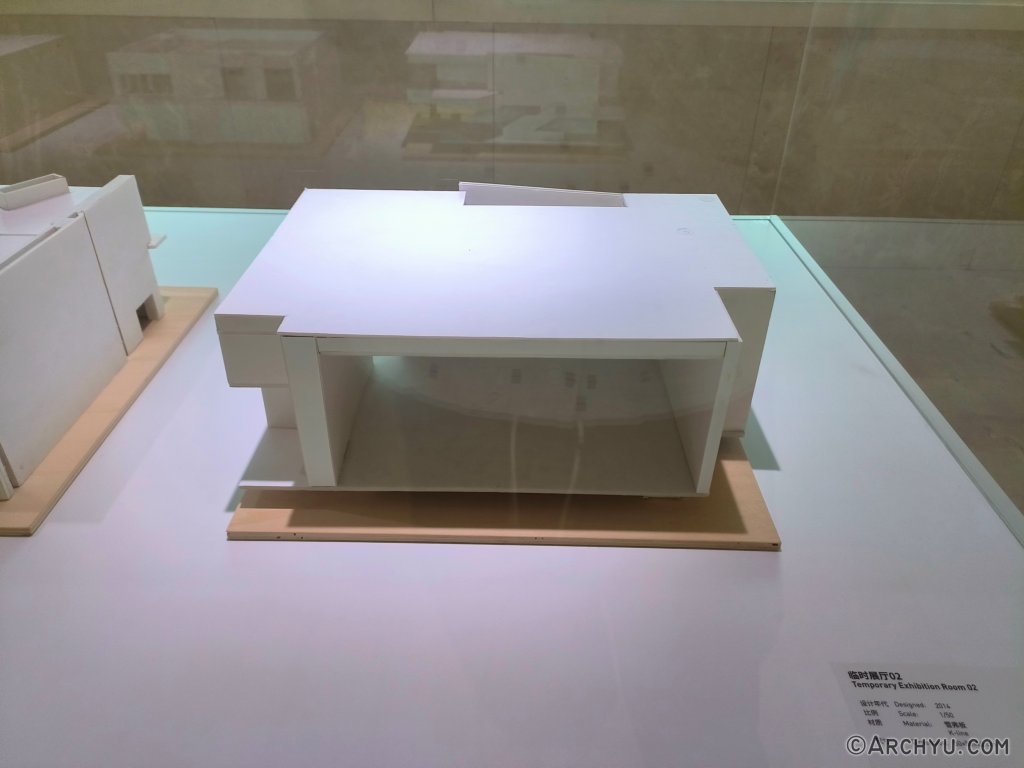
Temporary exhibition hall/2014/1:50/Chevron board and paper
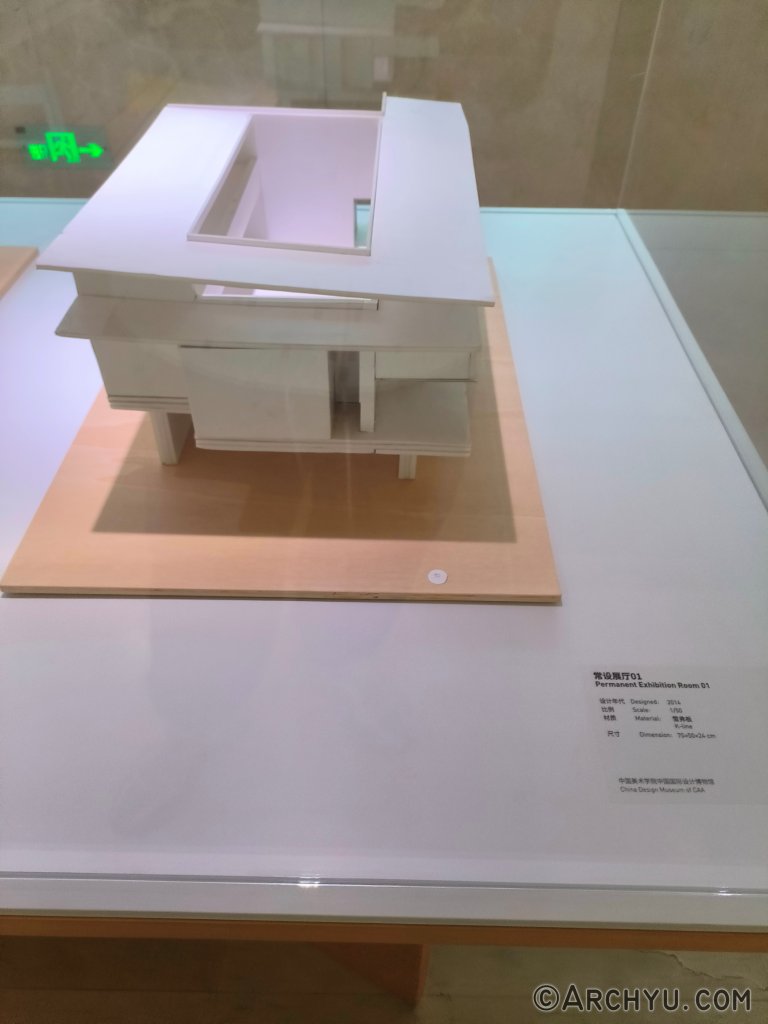

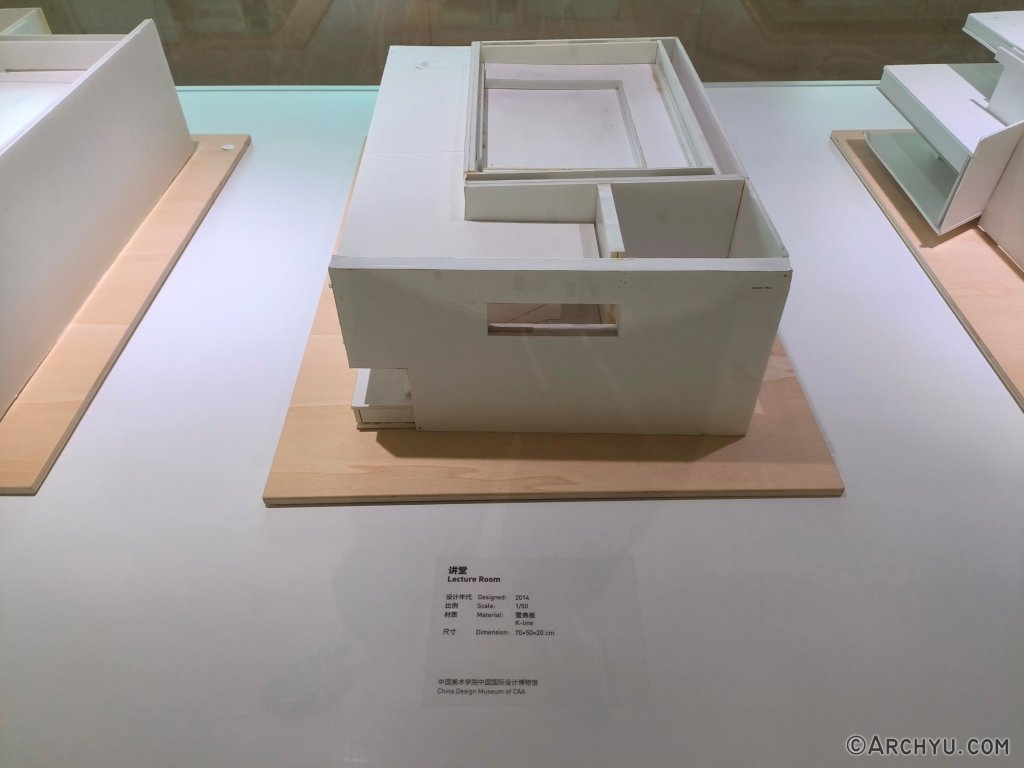
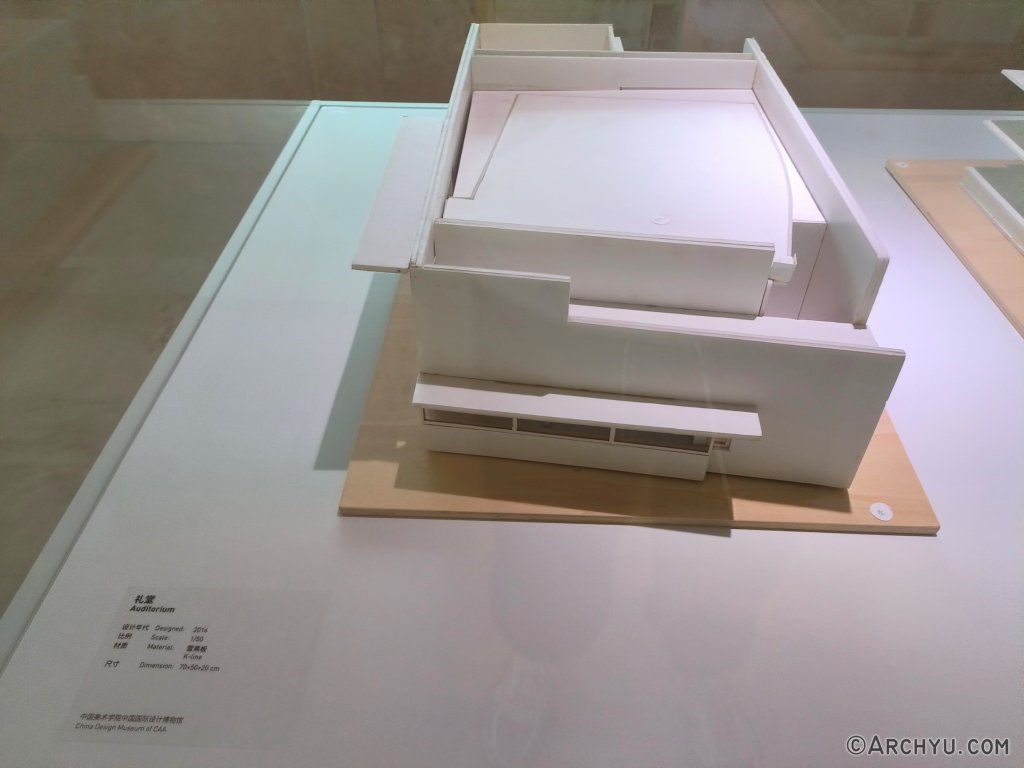
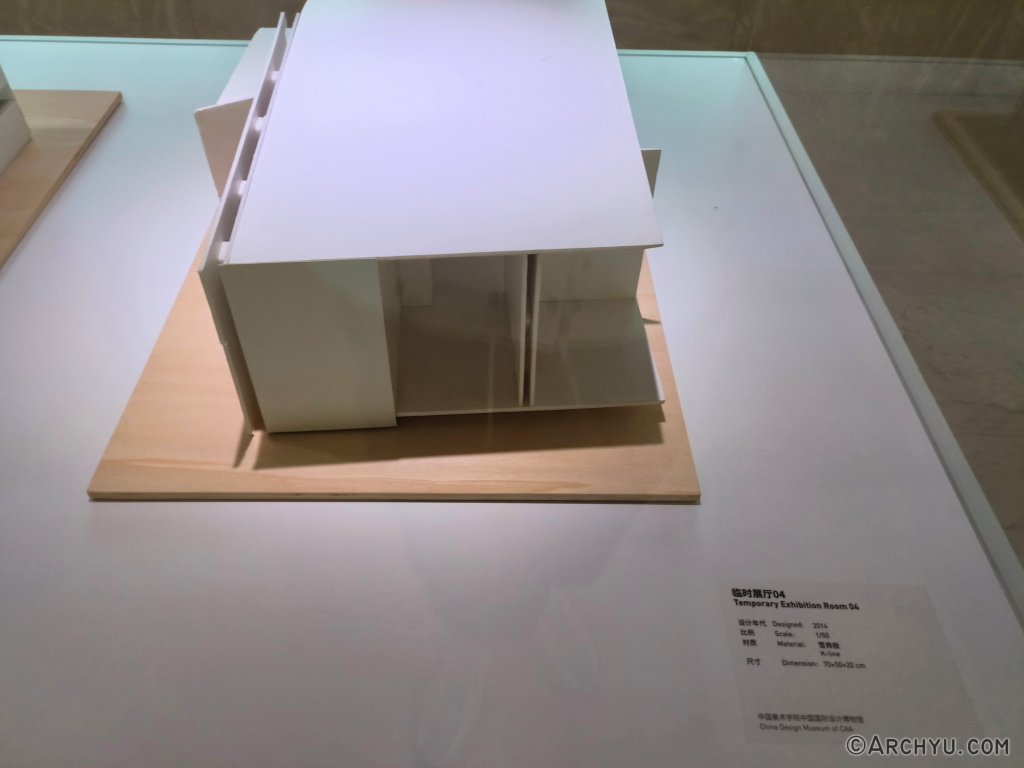
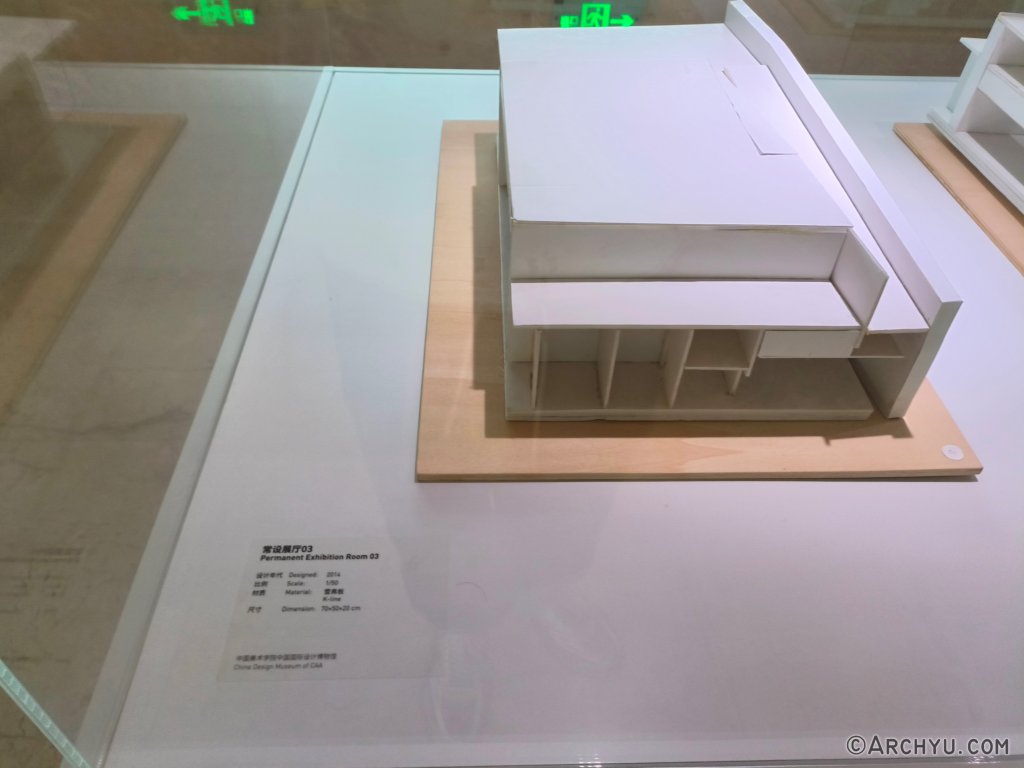
This is a shot from another angle
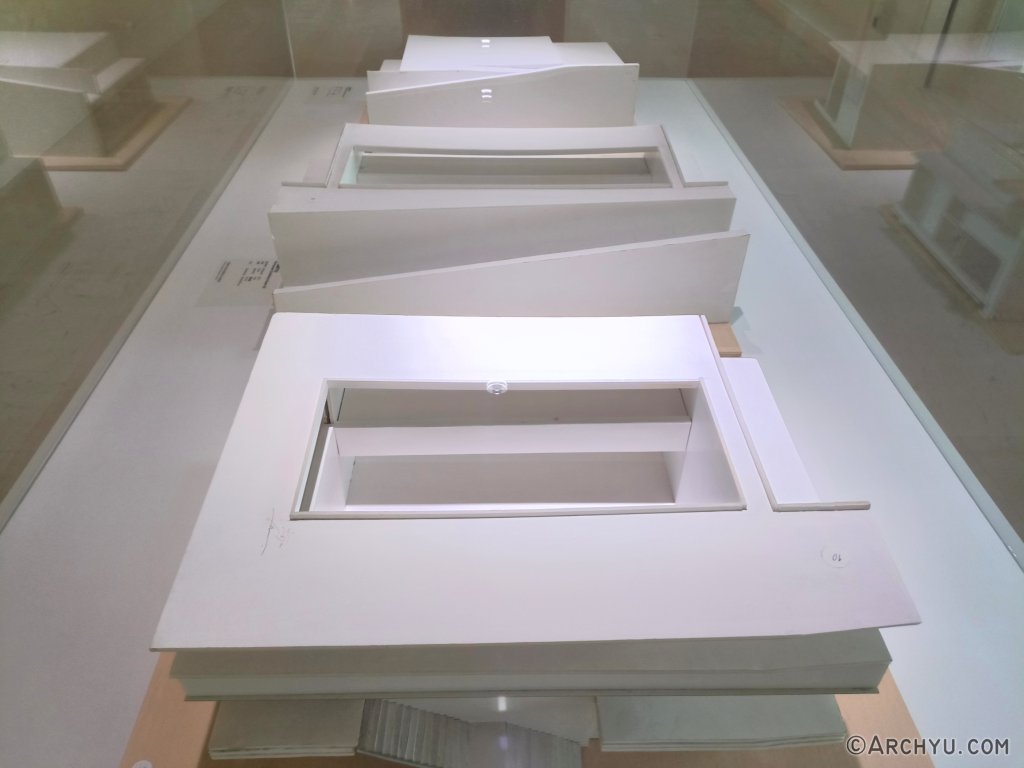

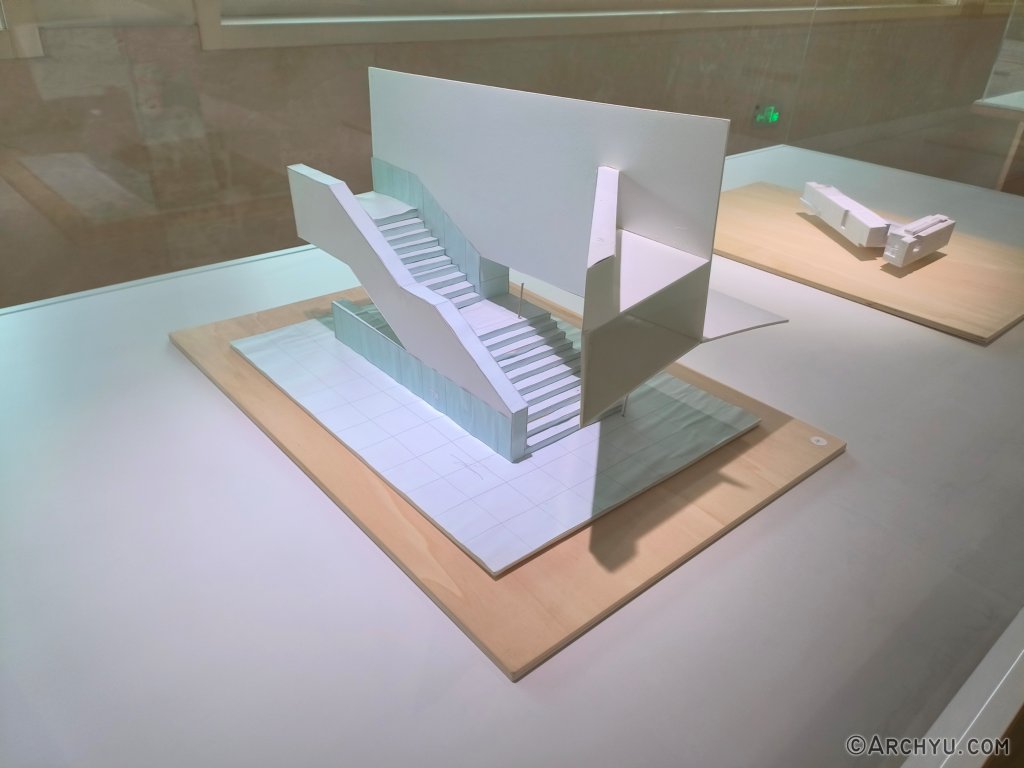

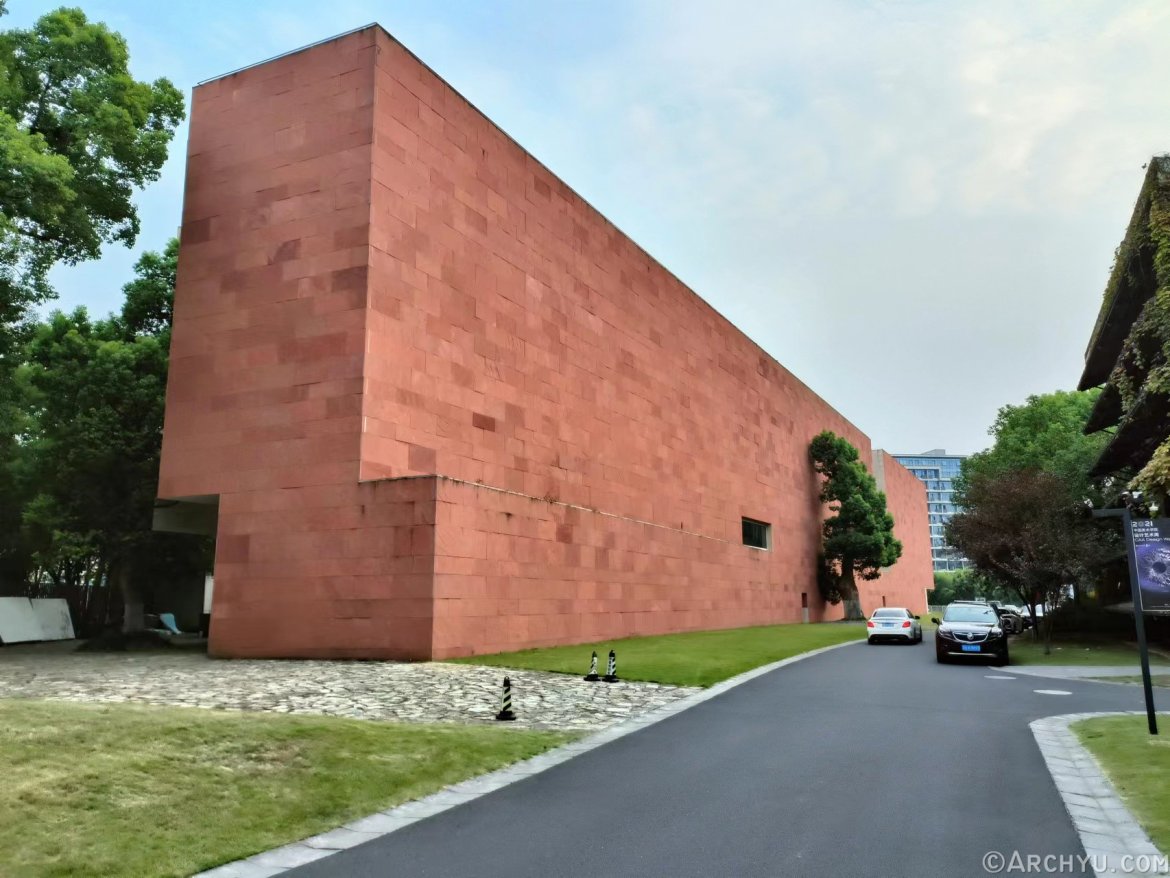
Leave a Reply